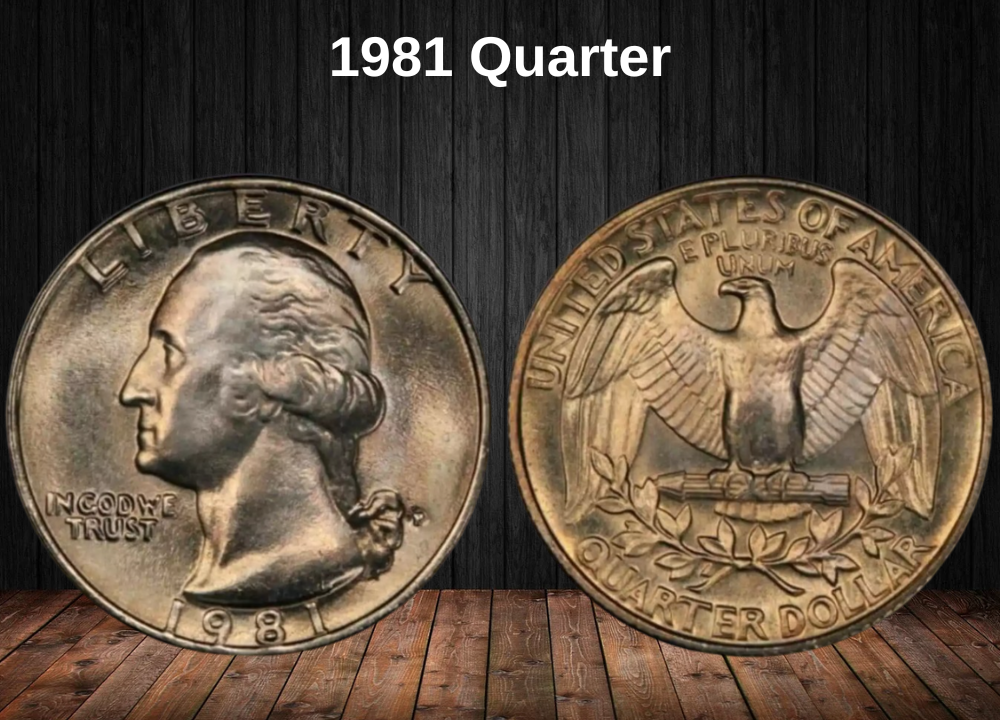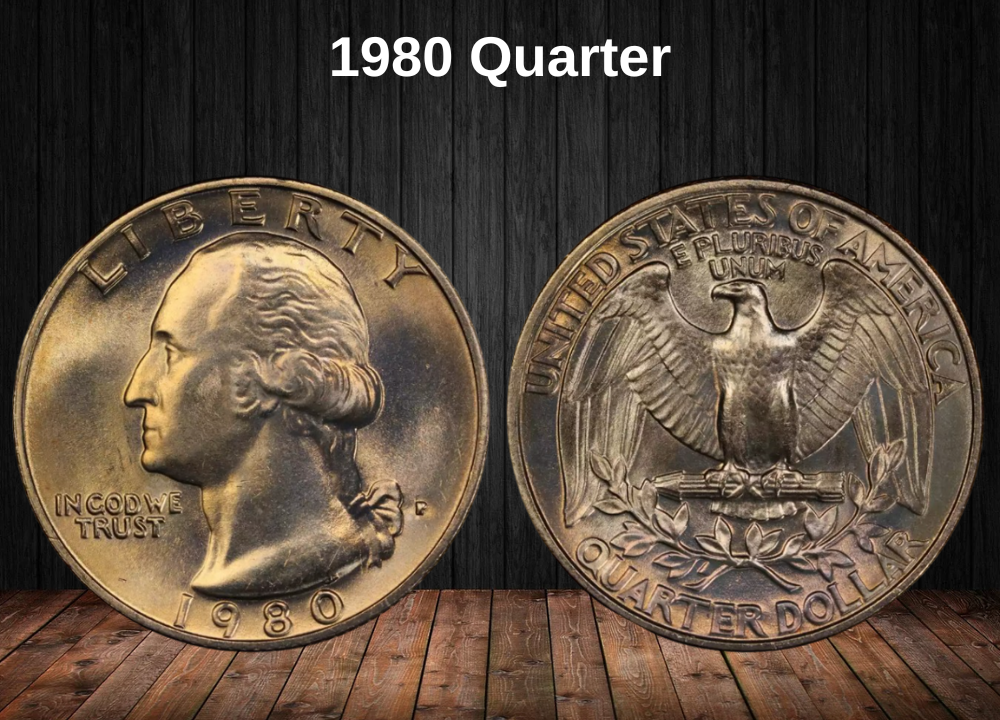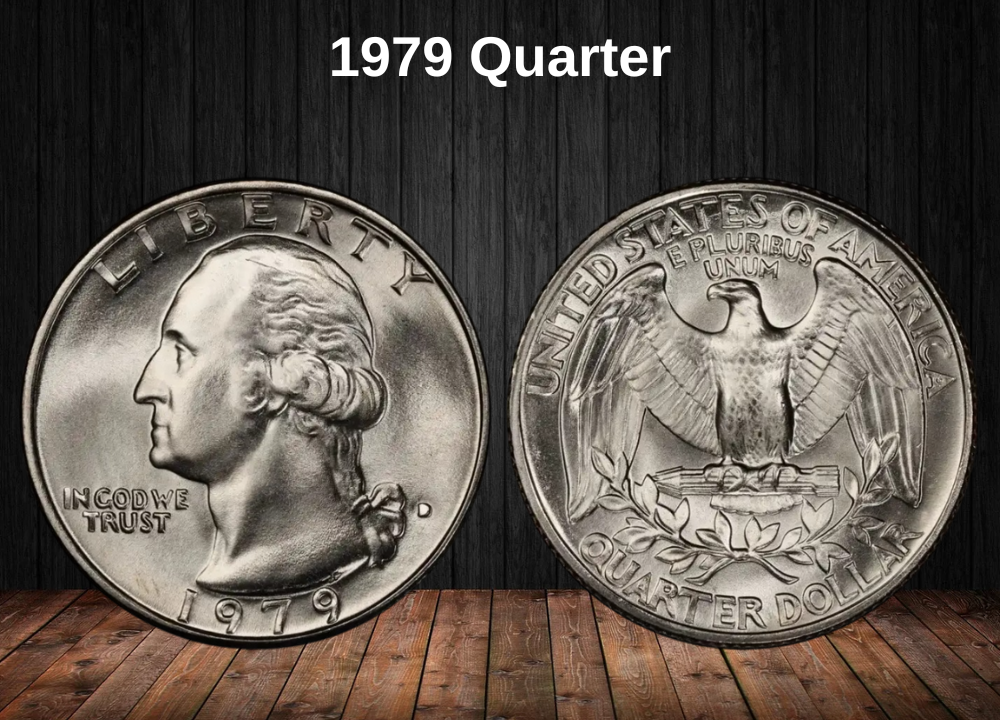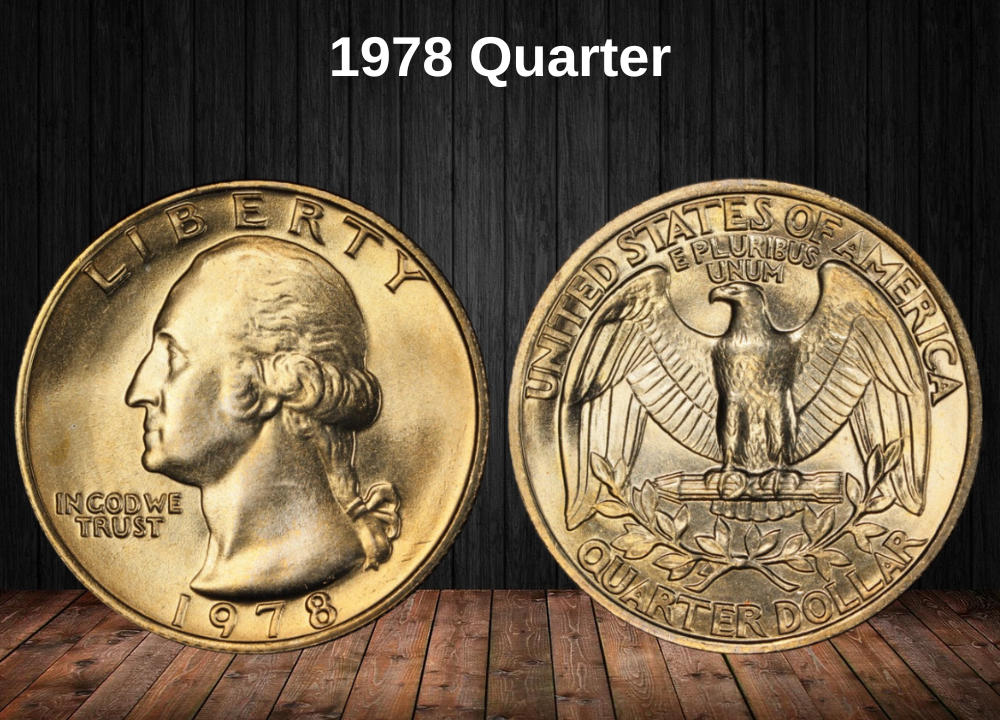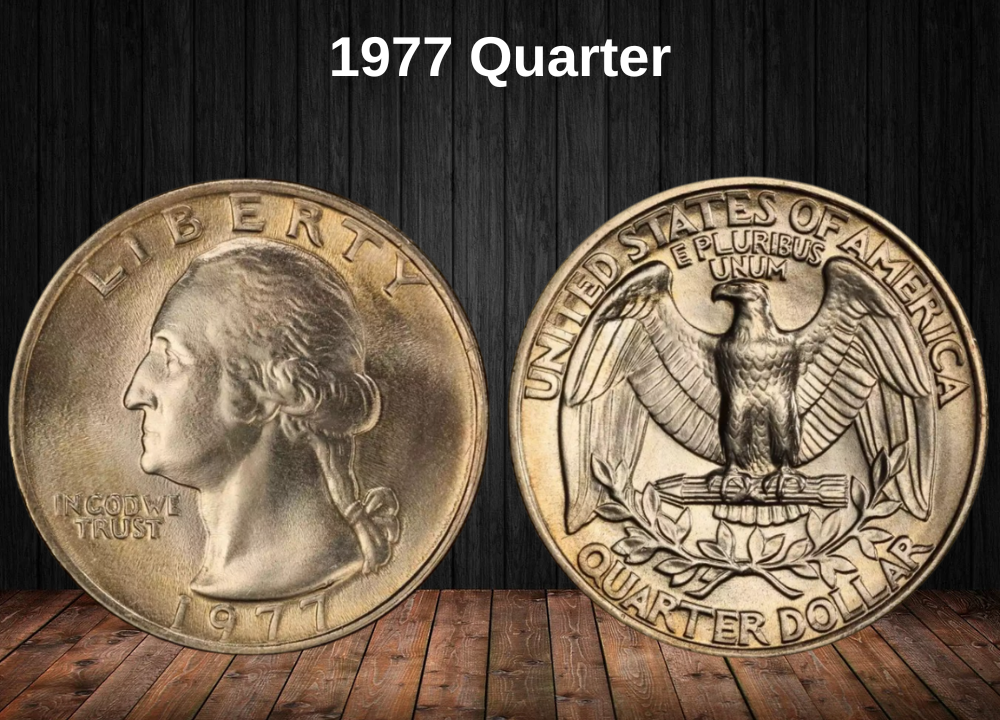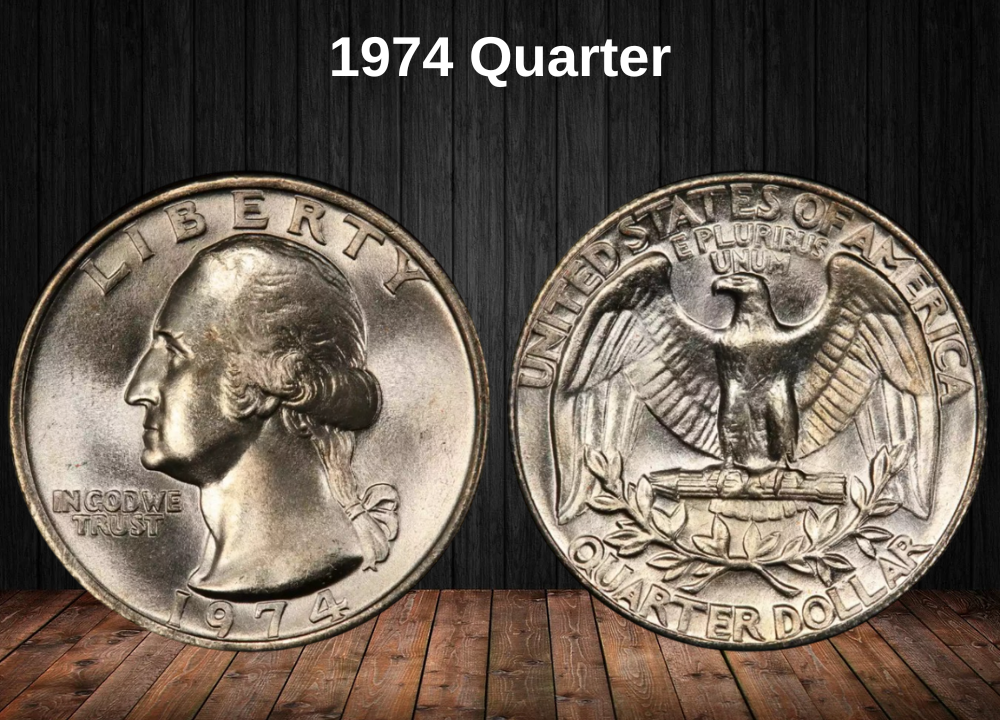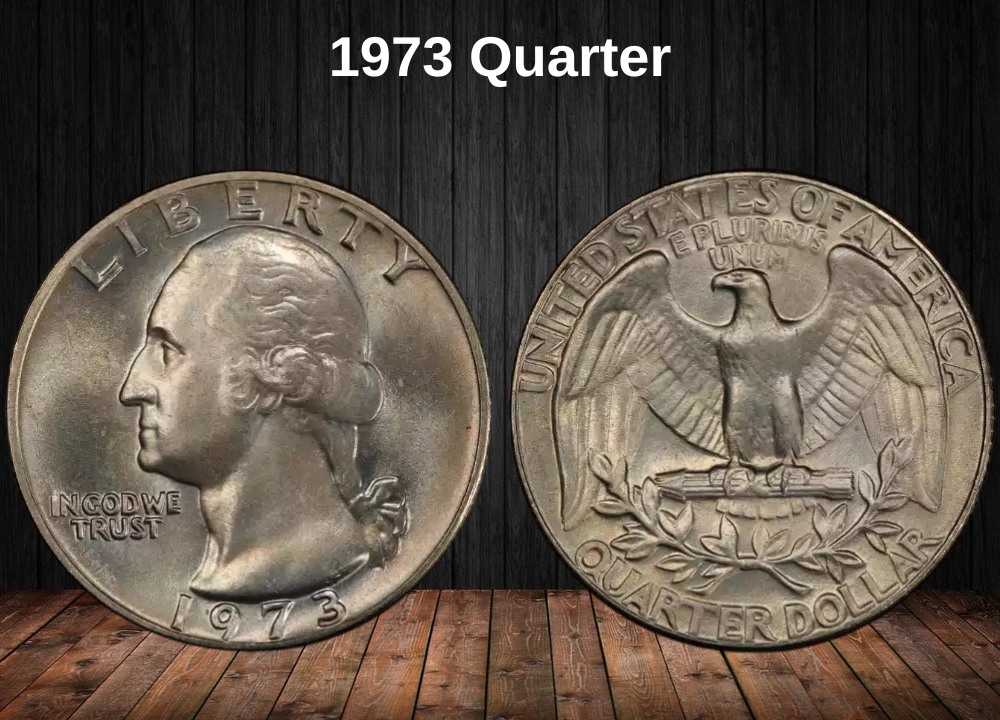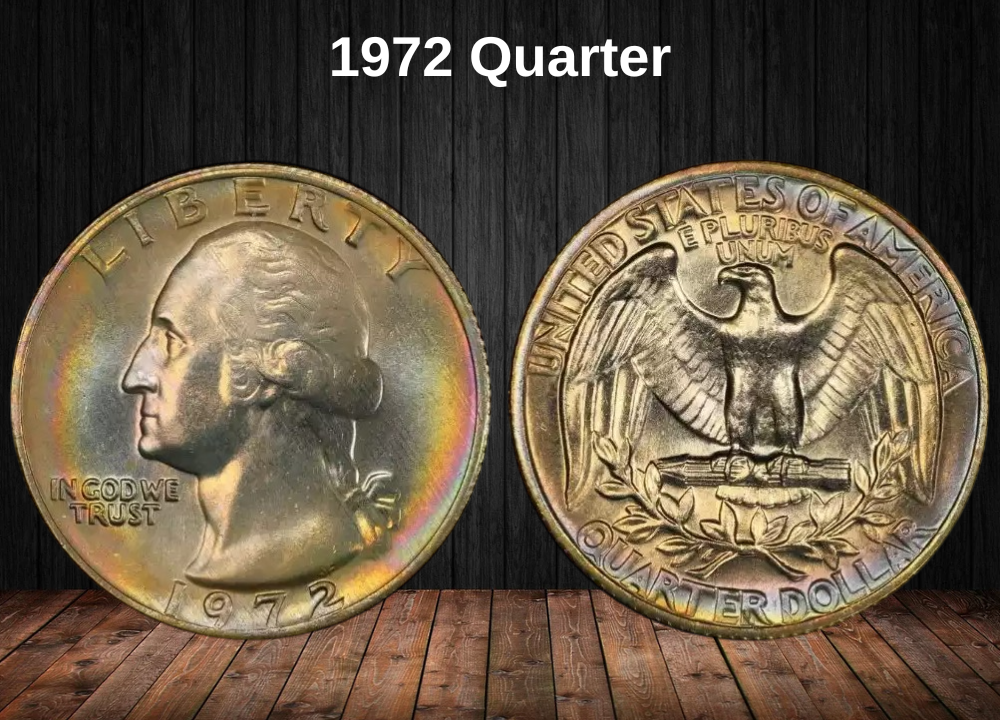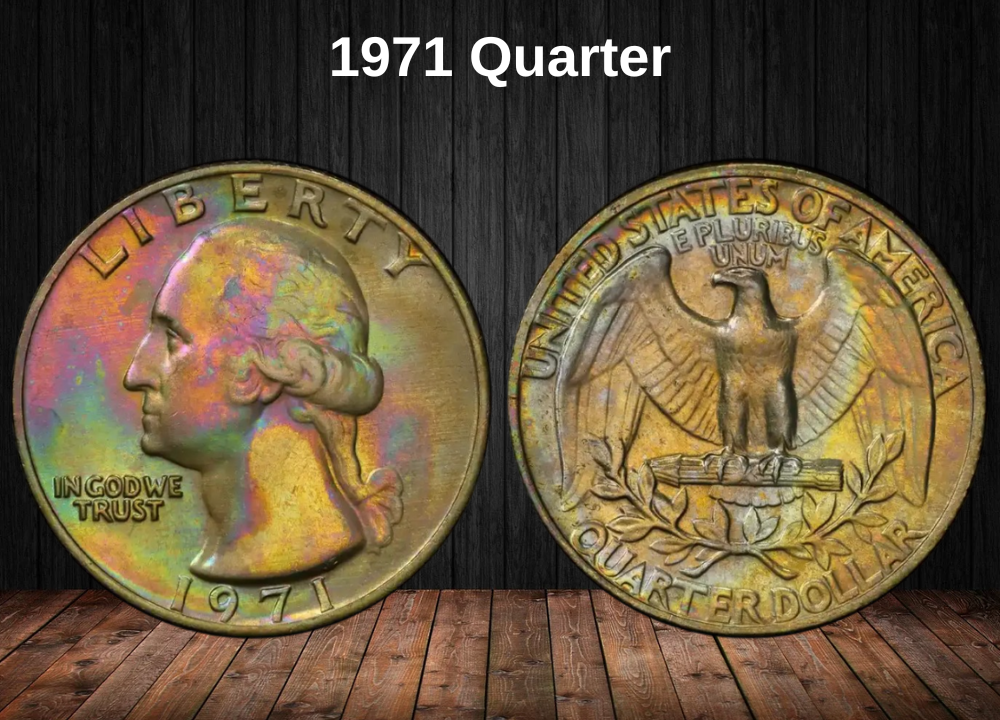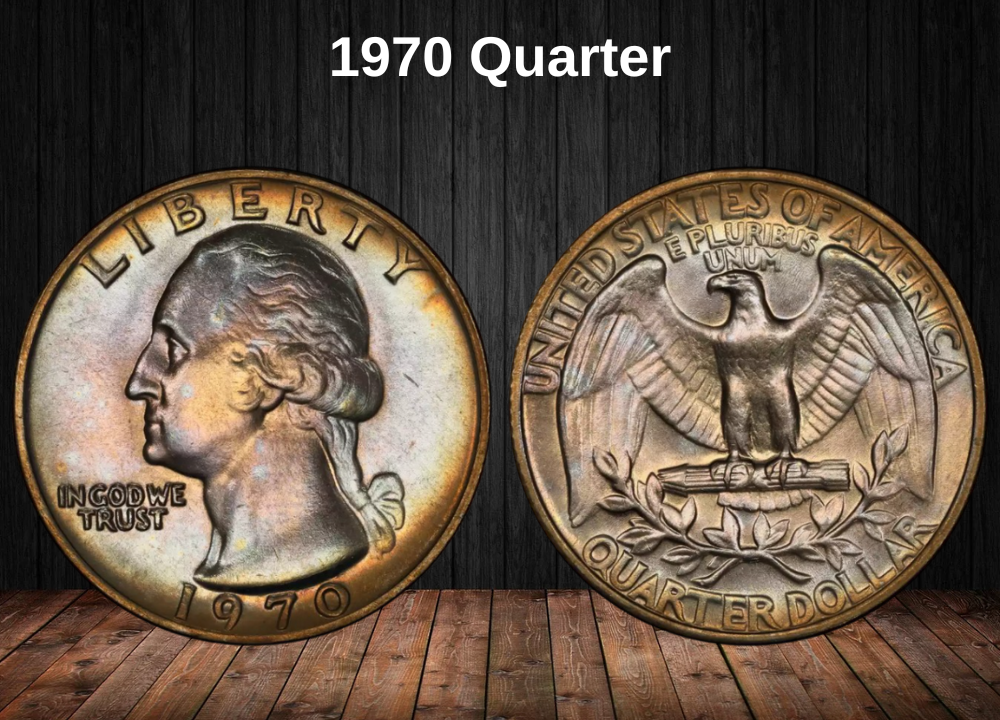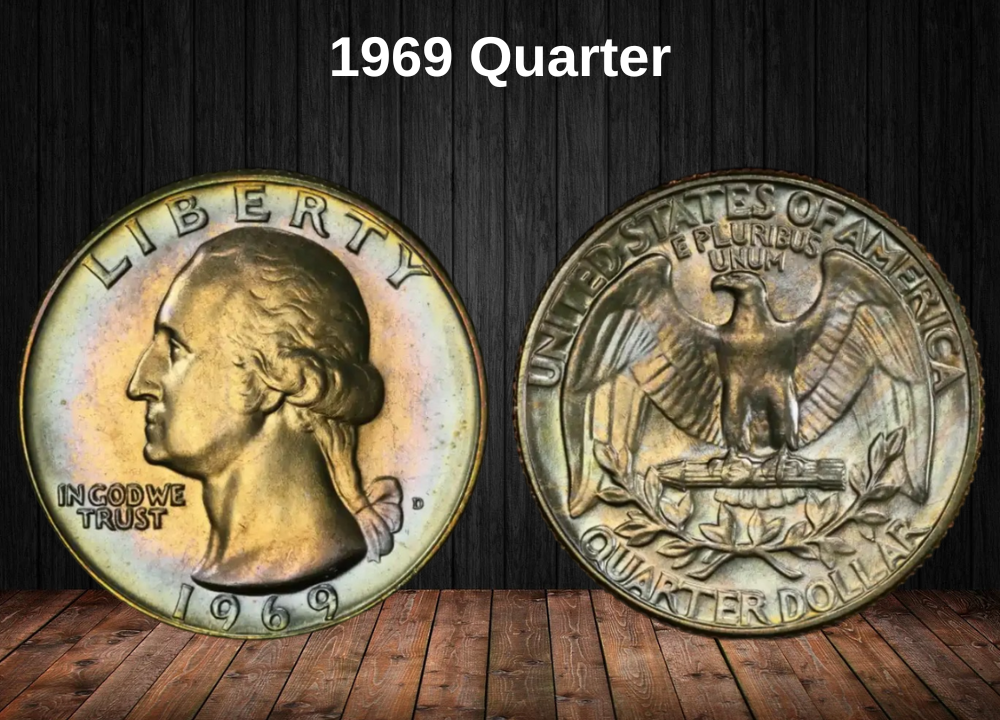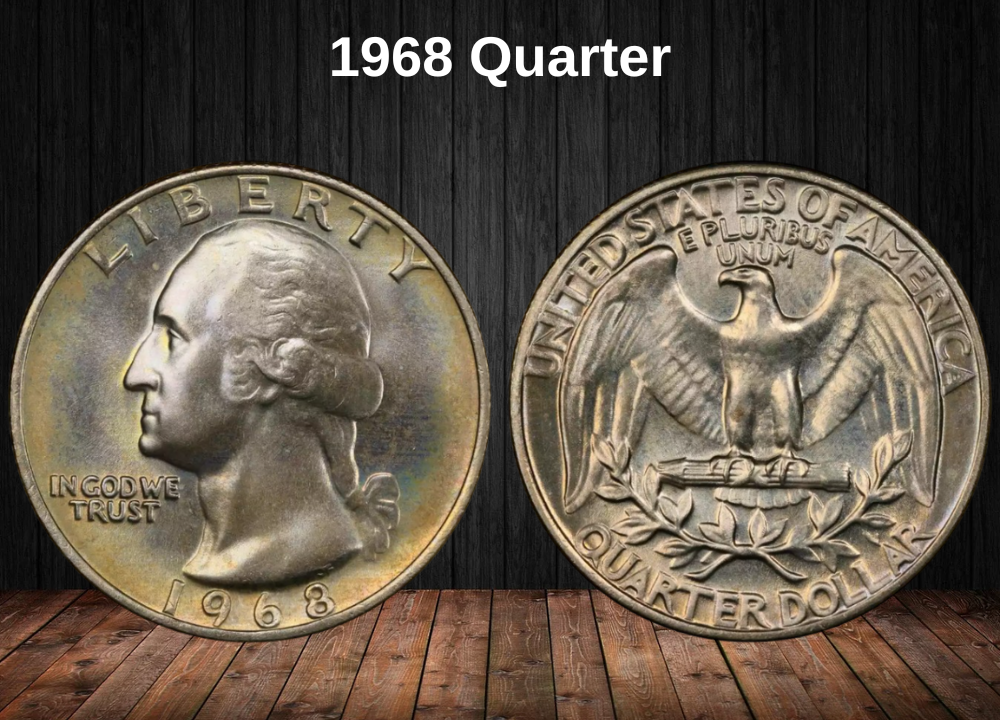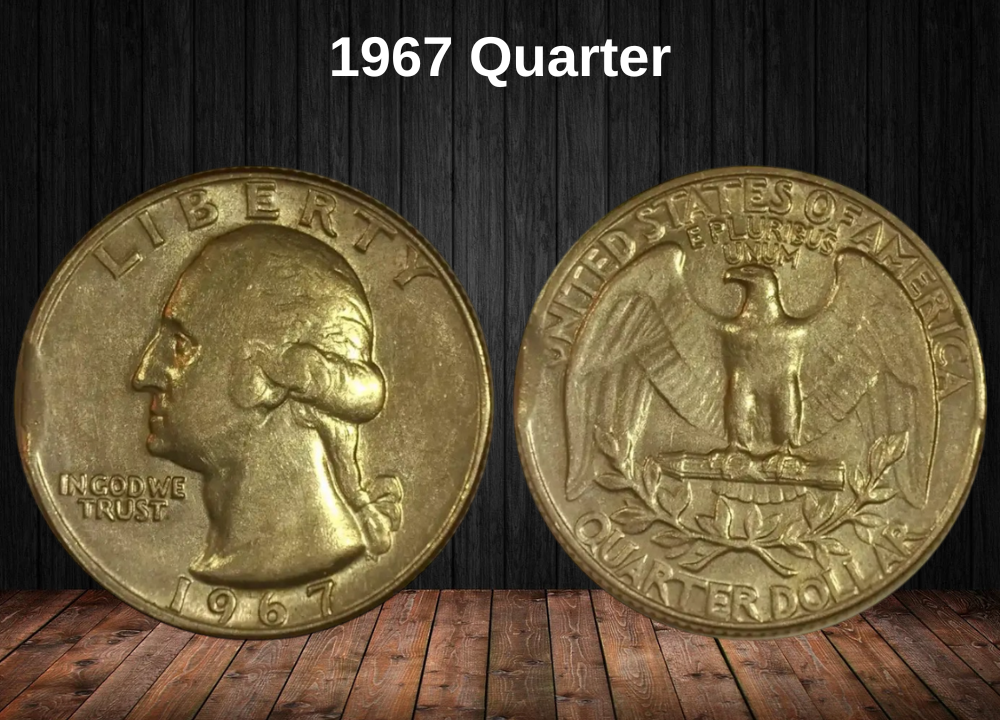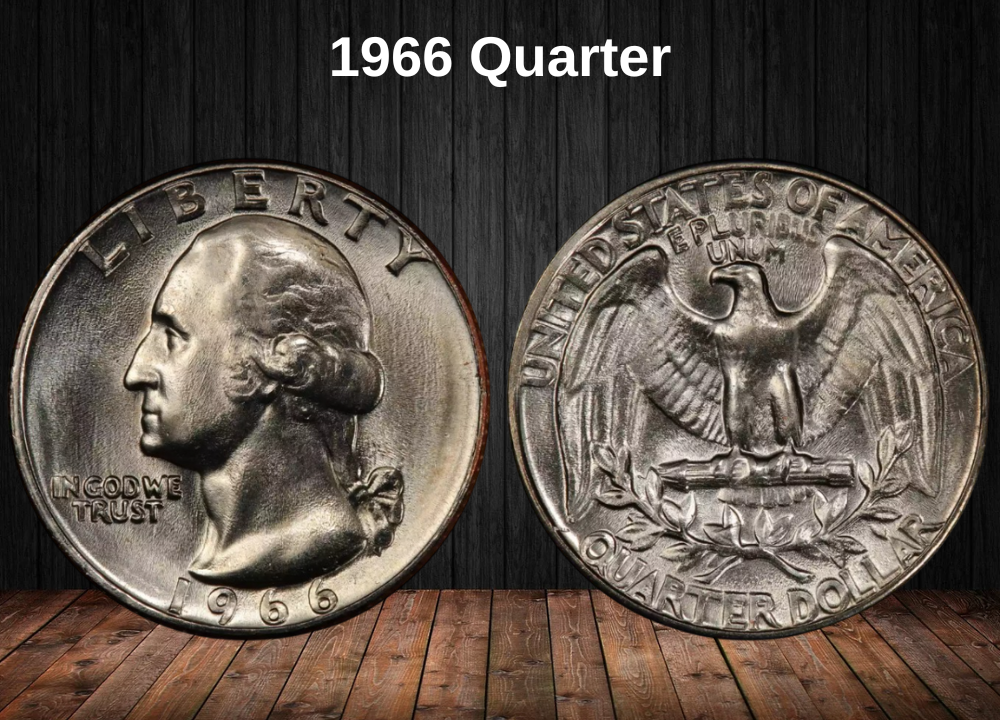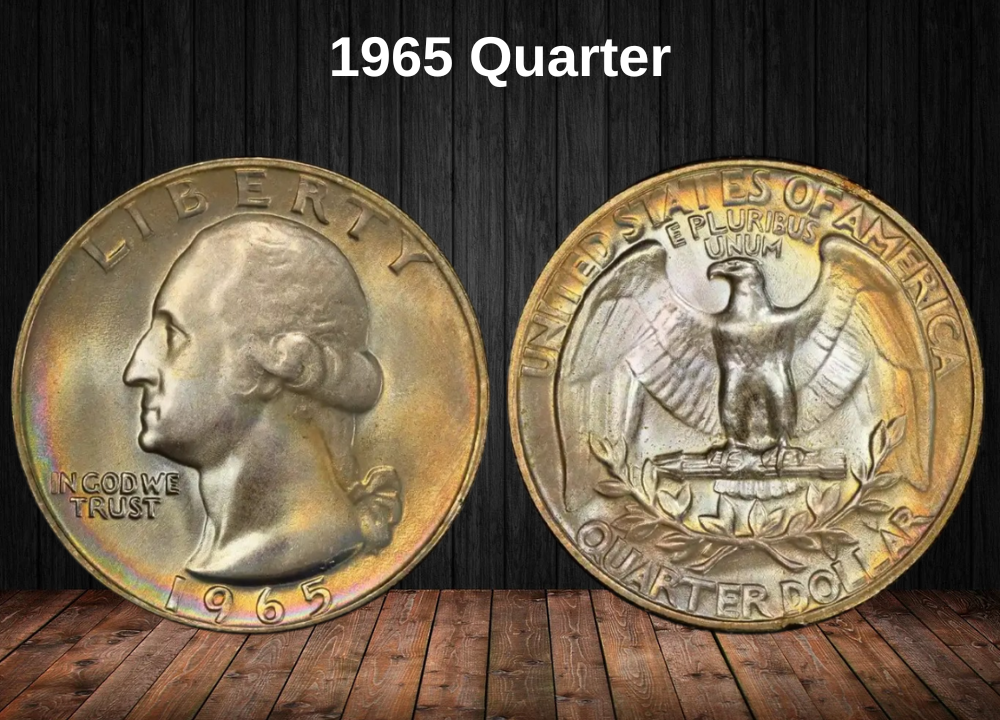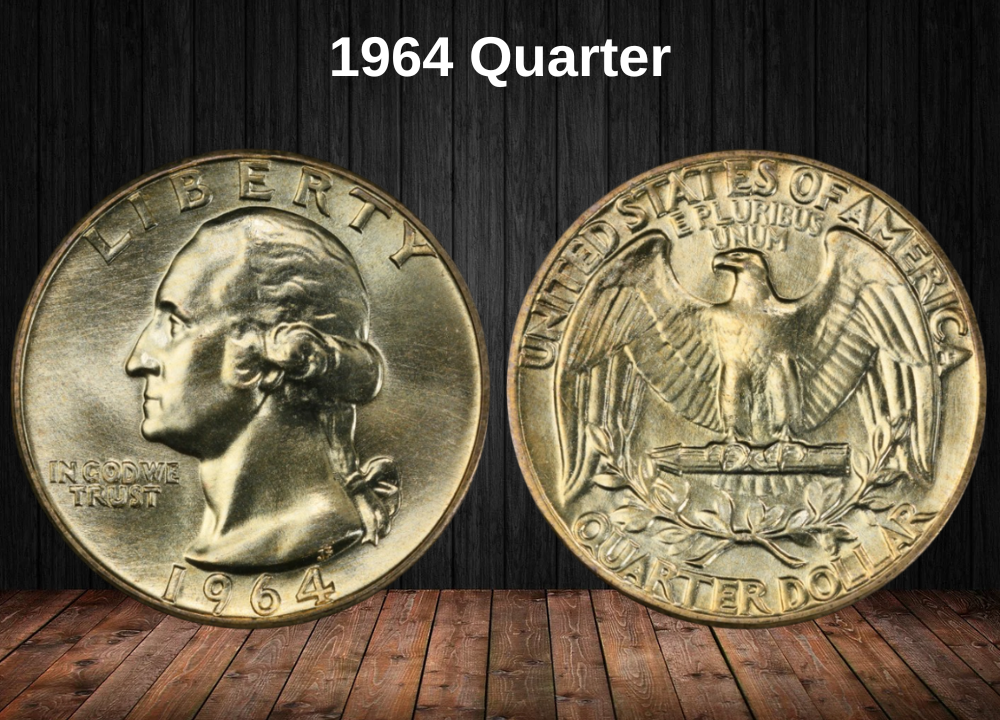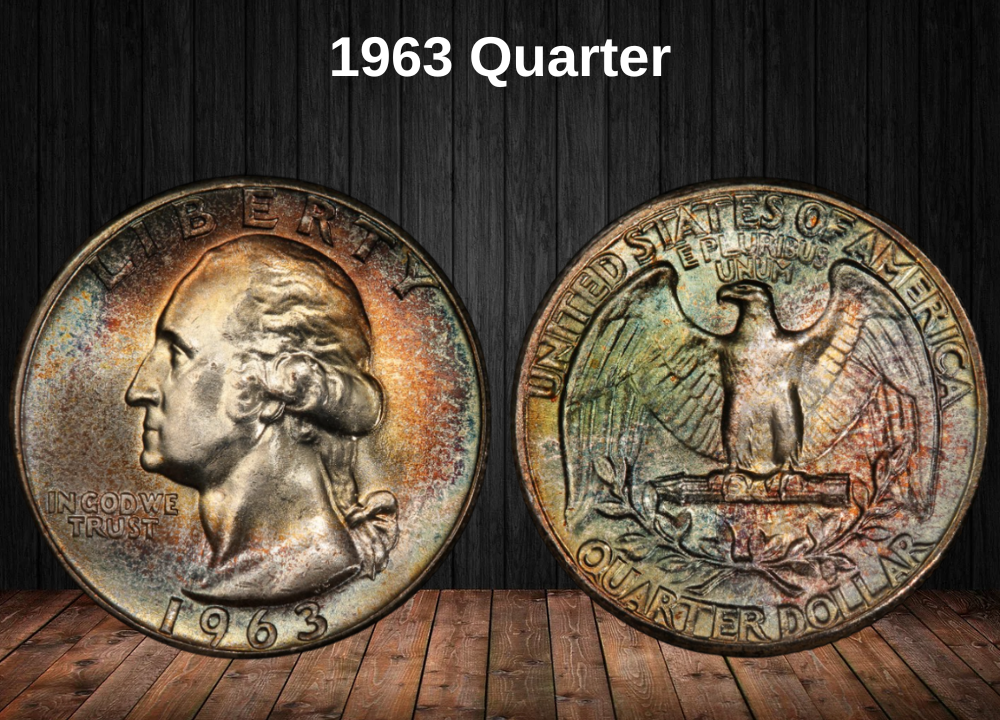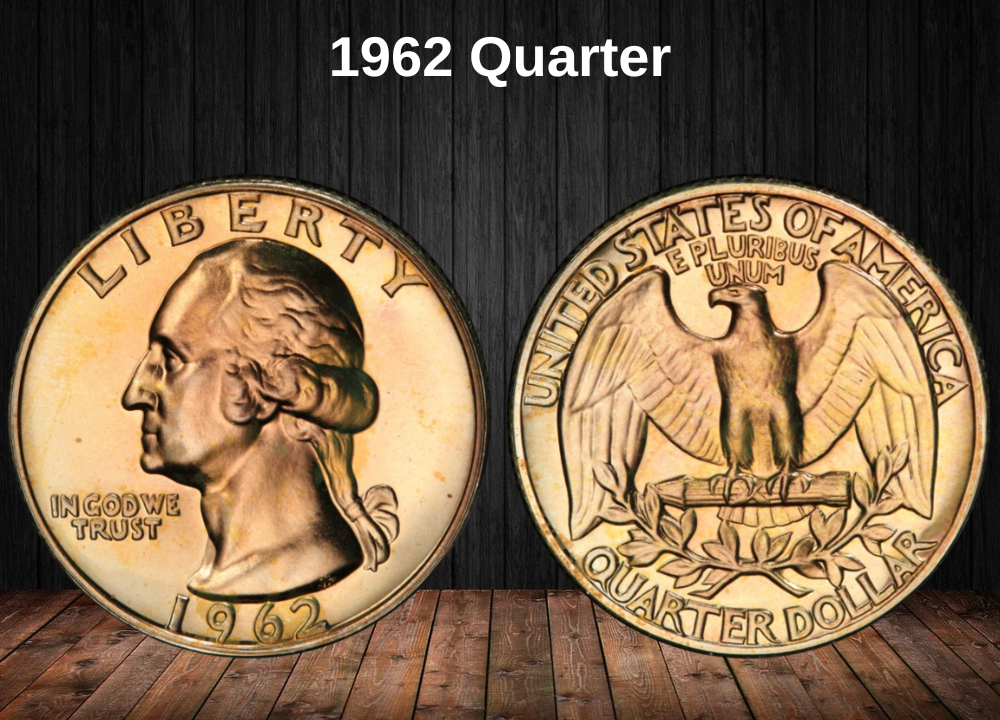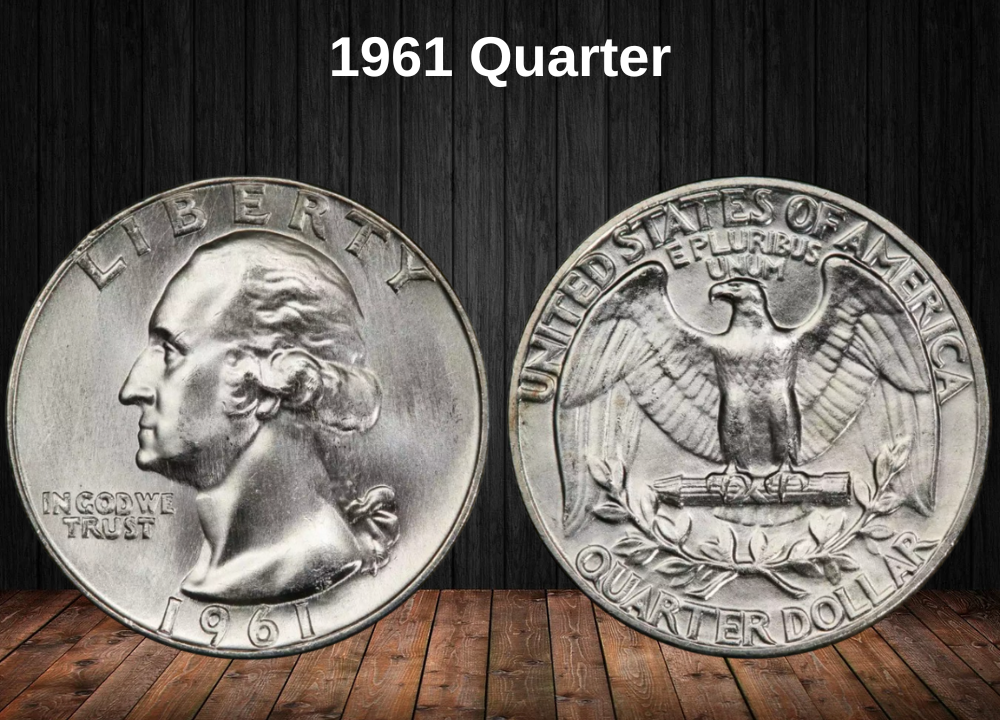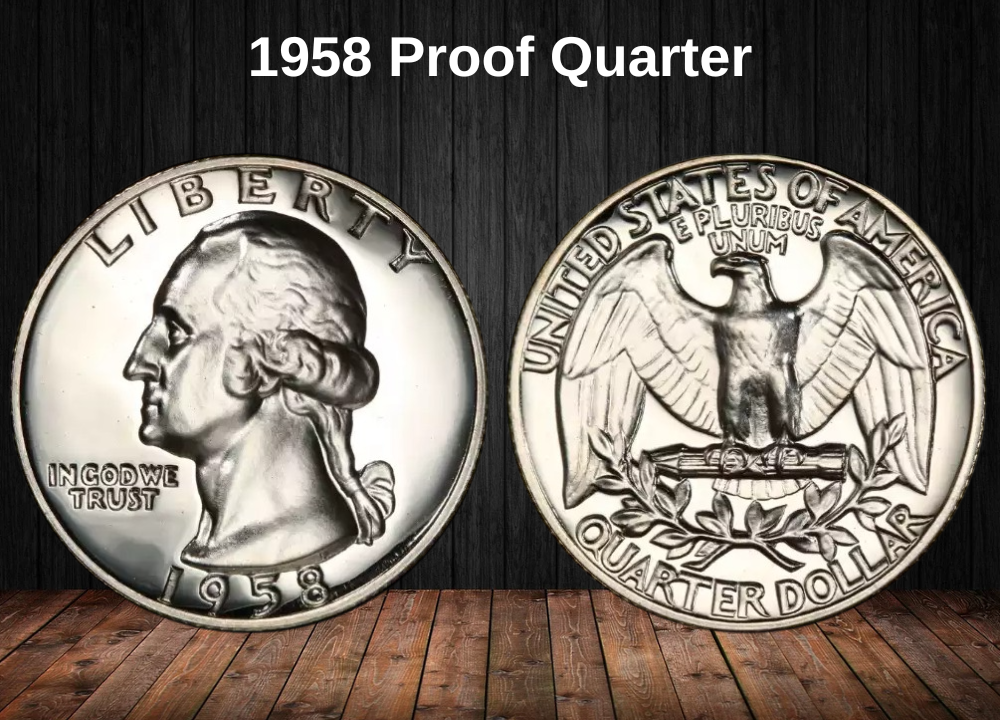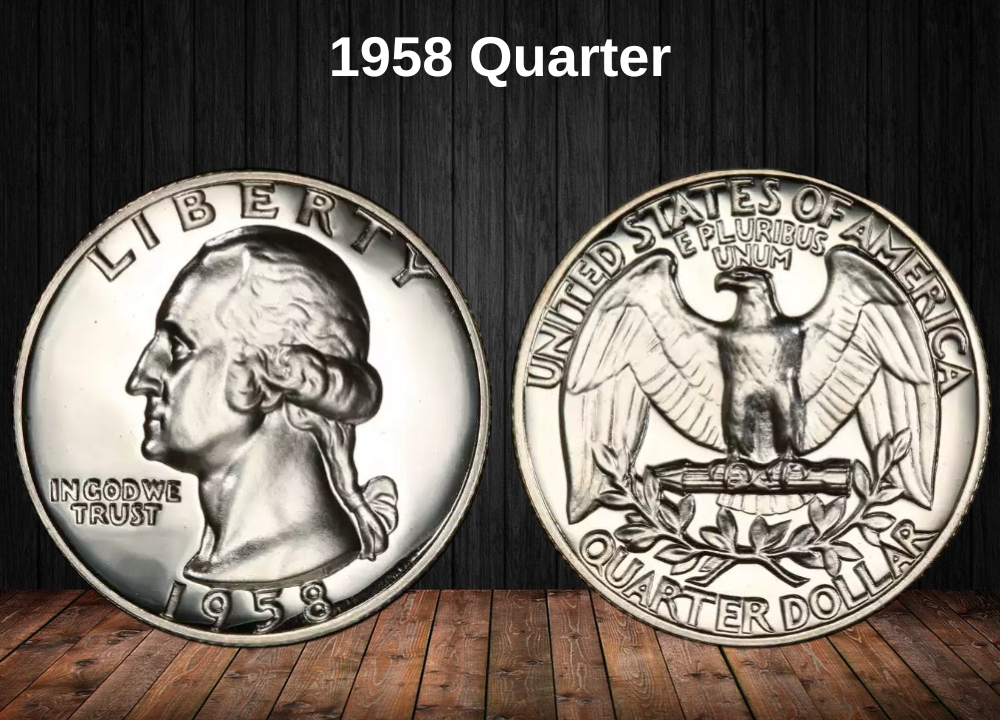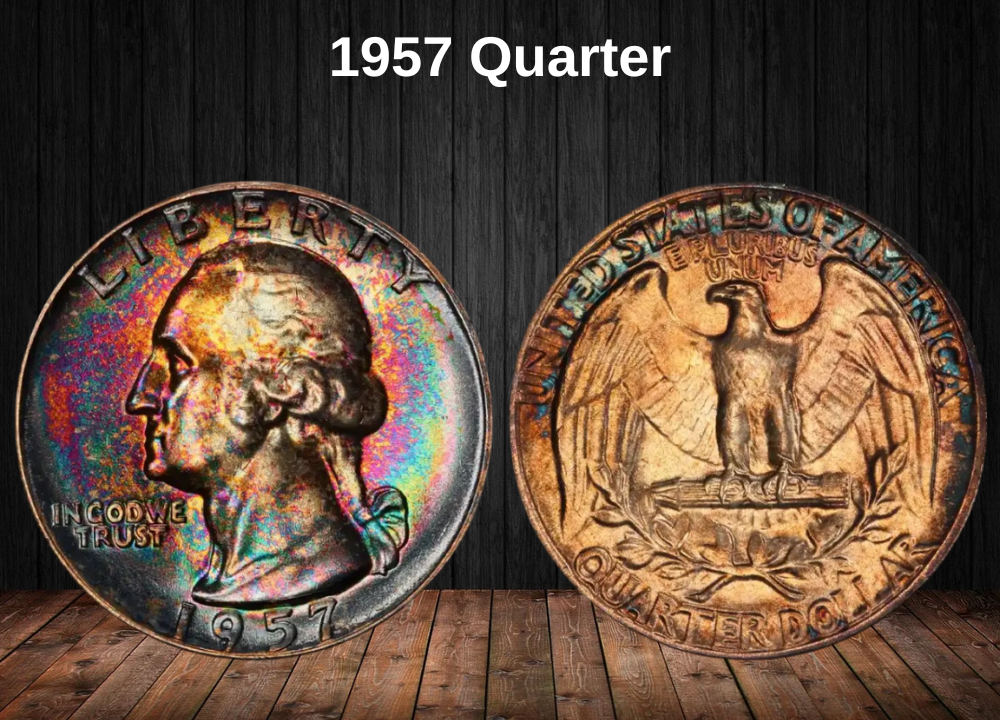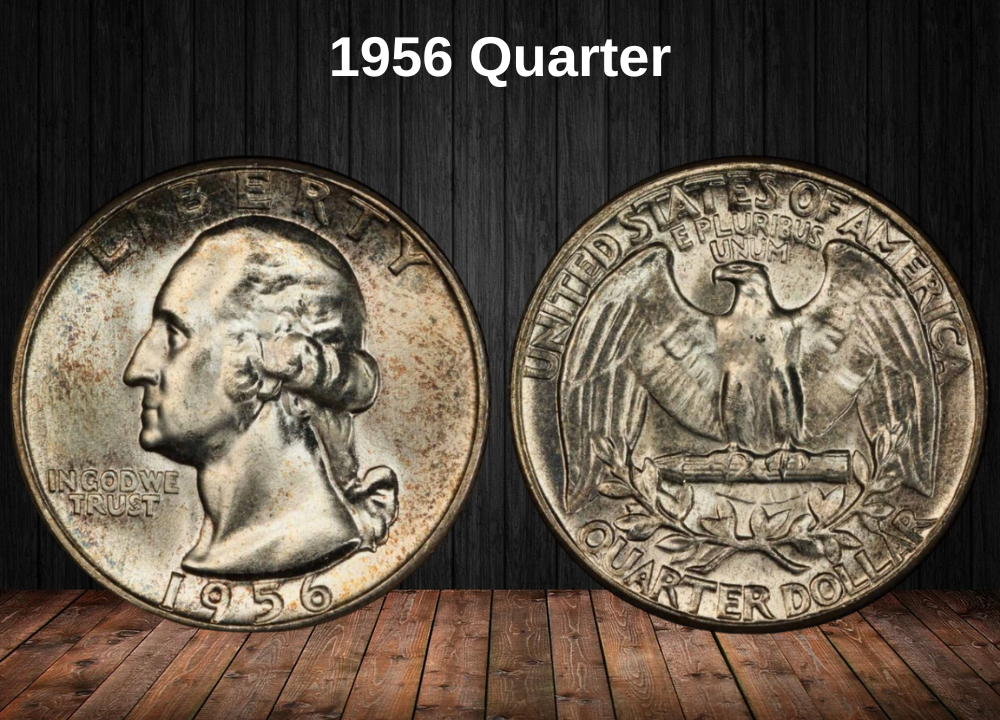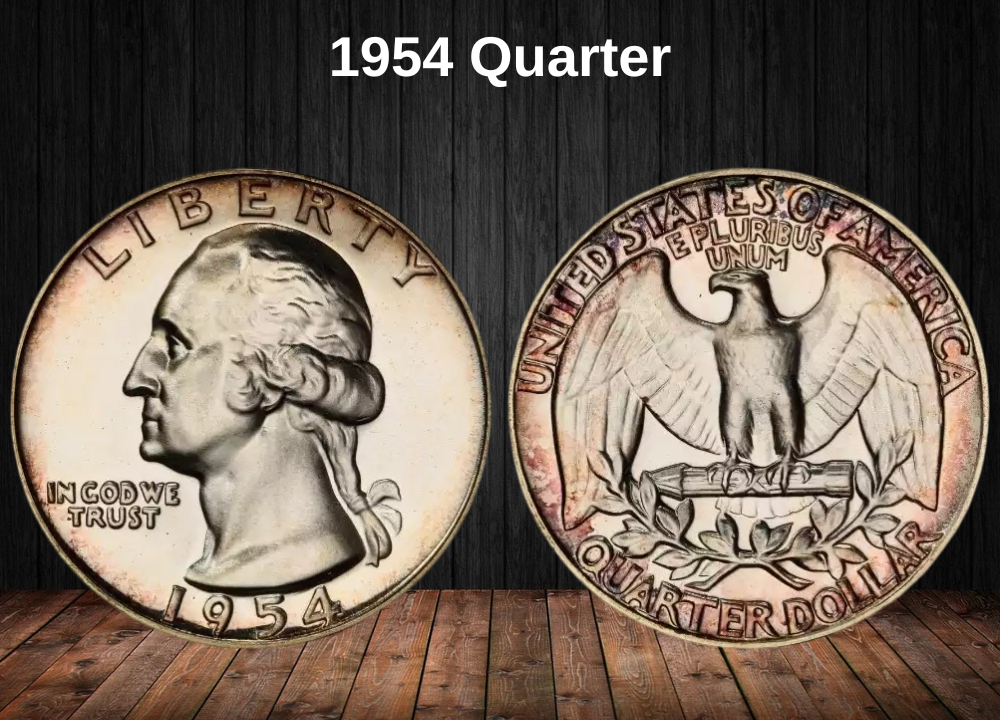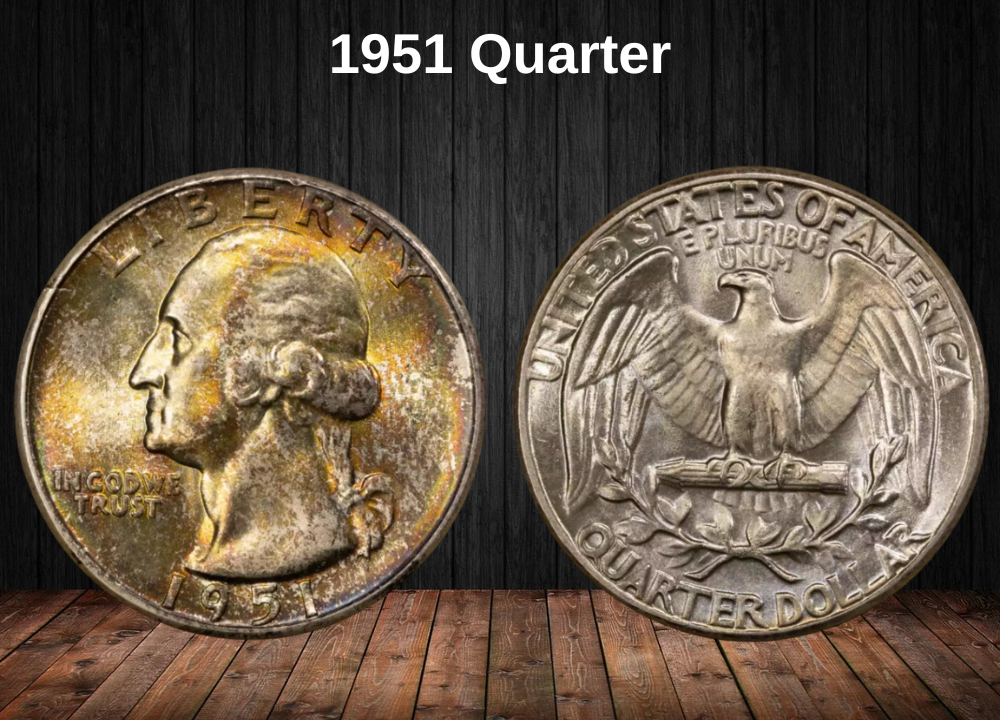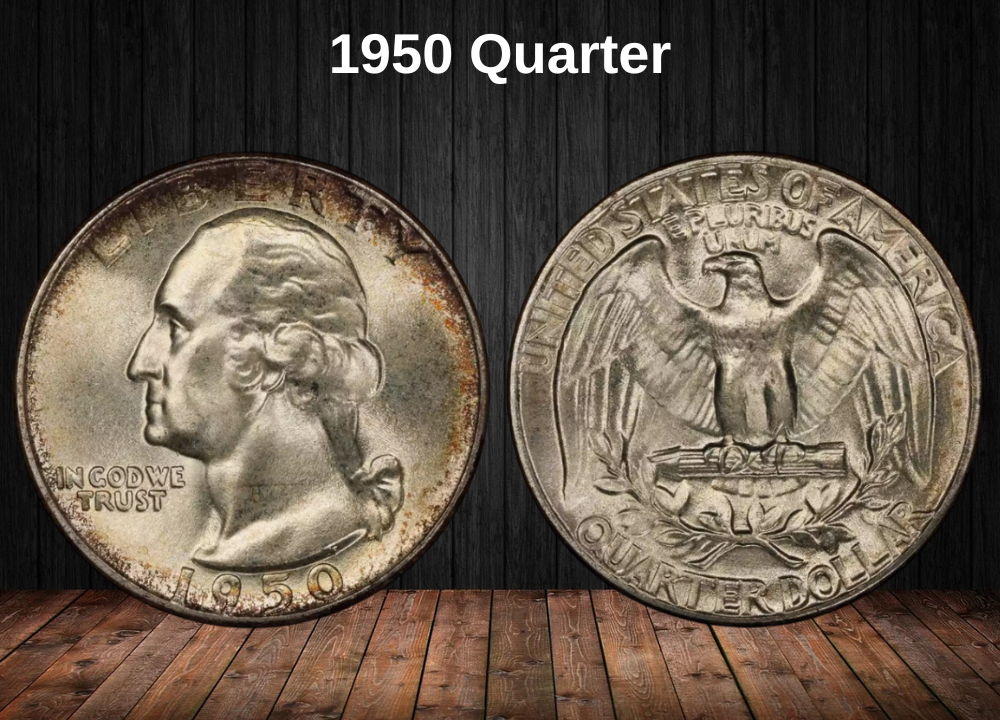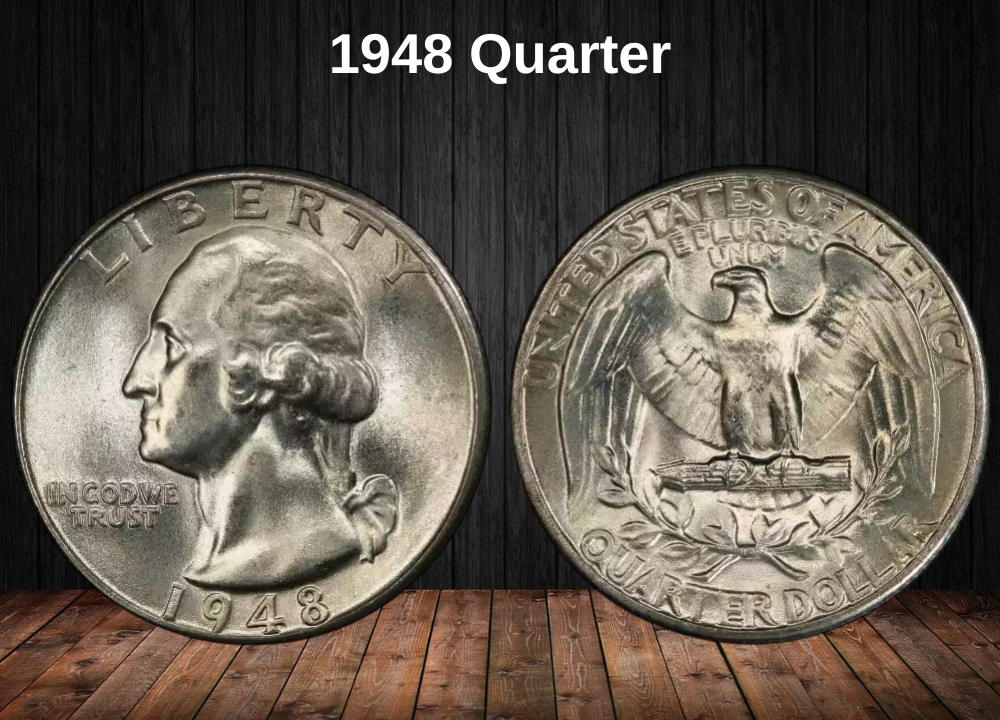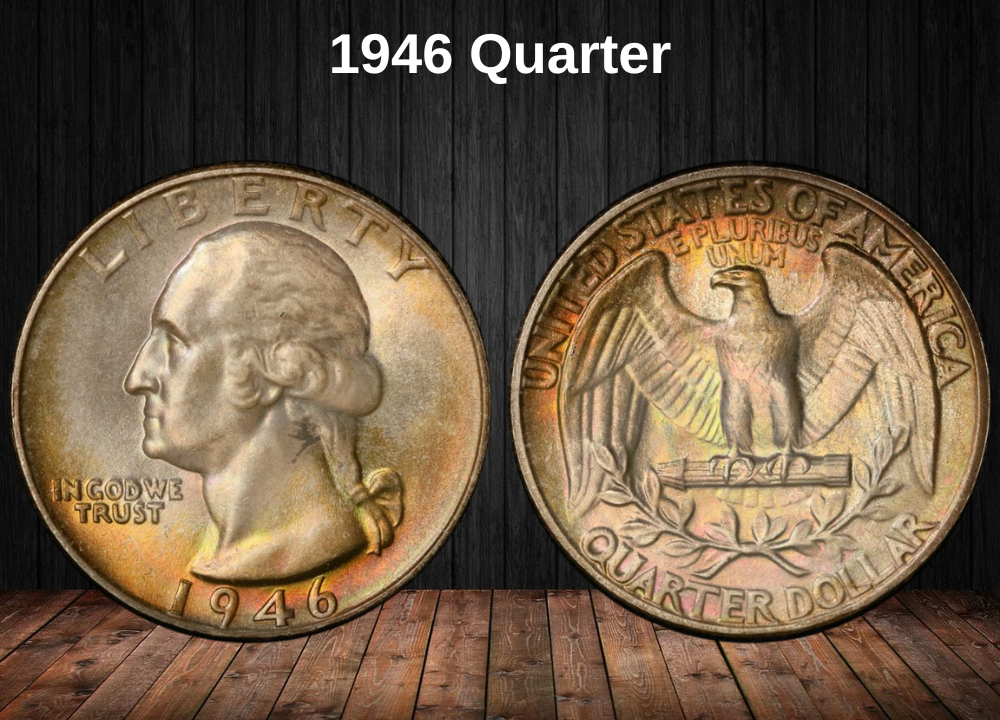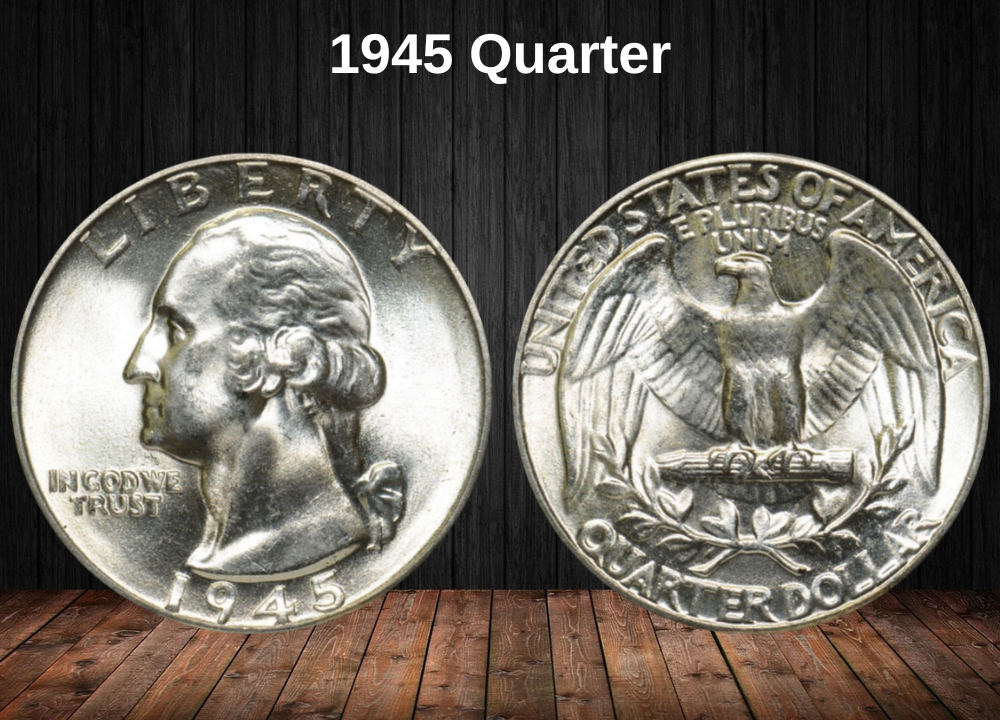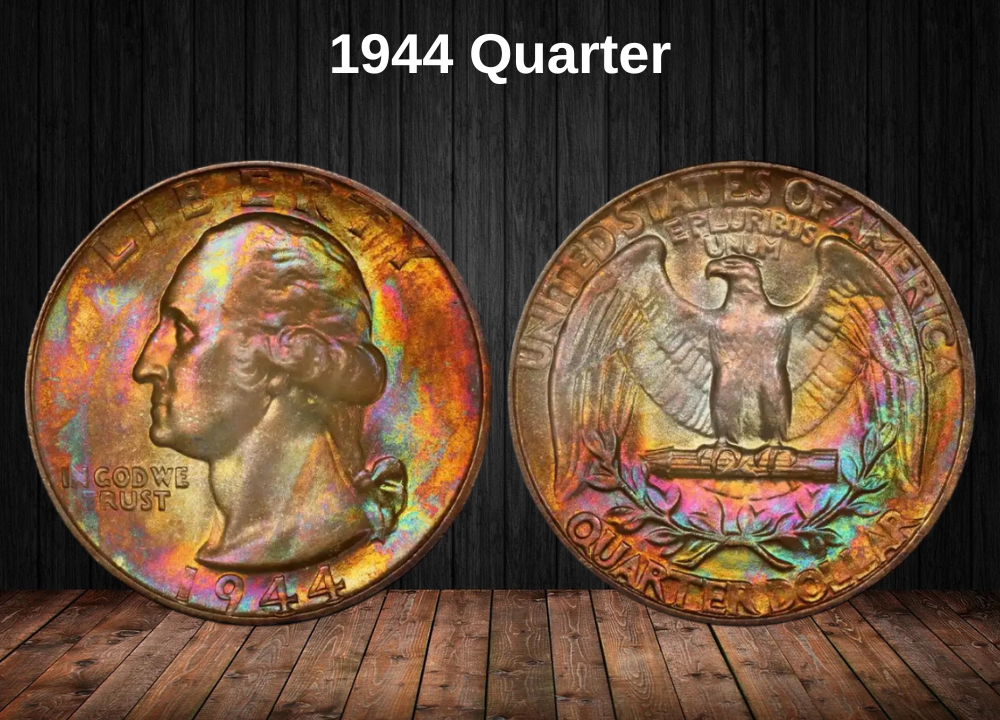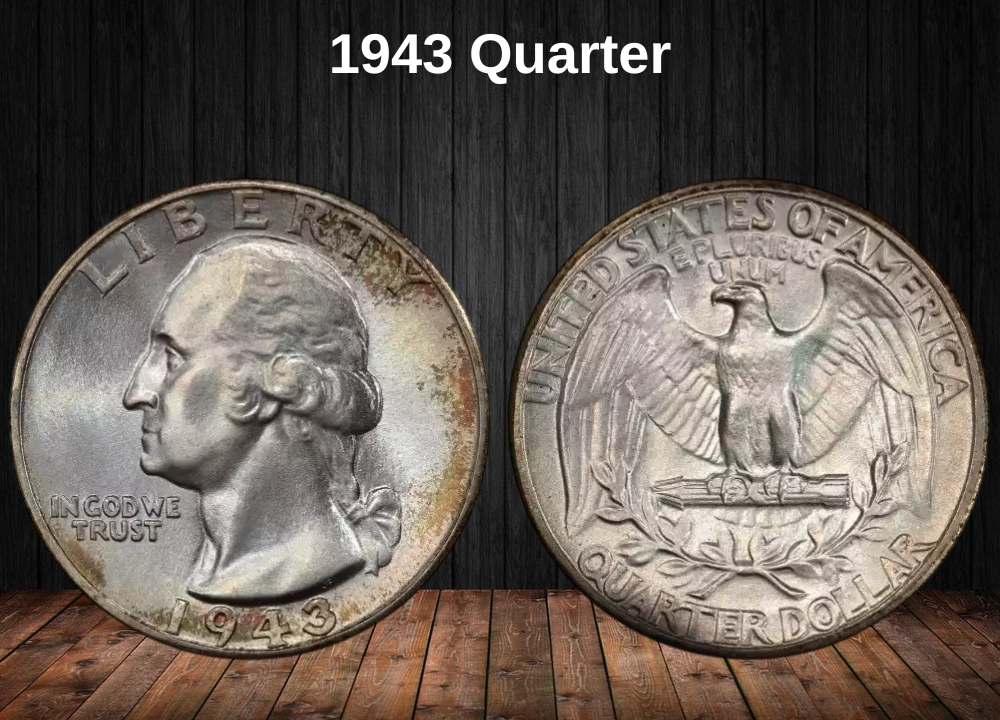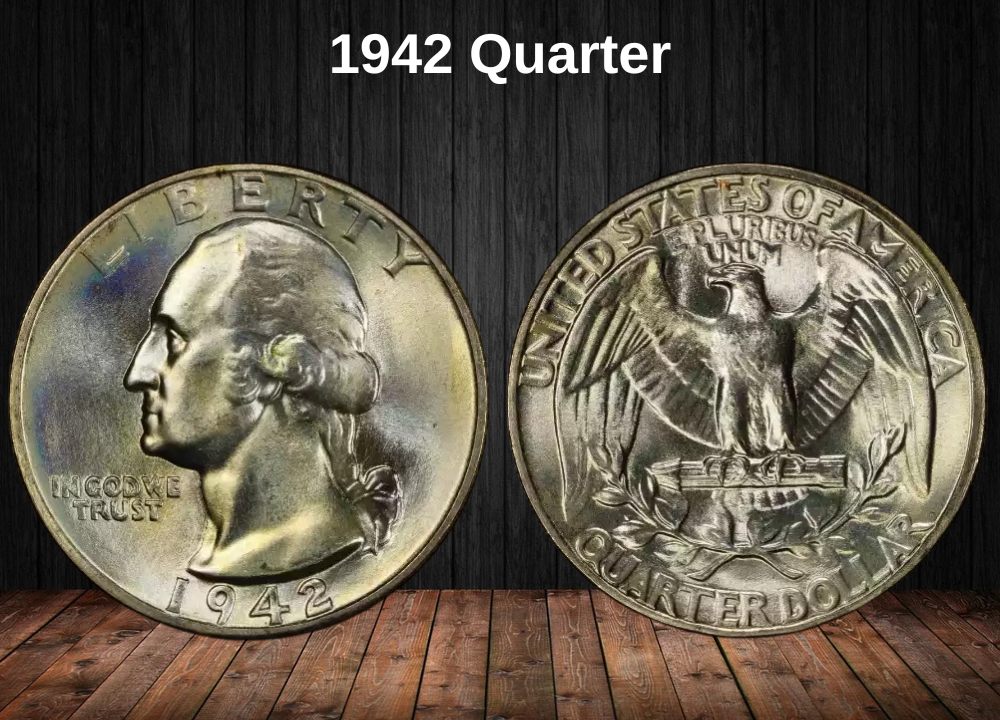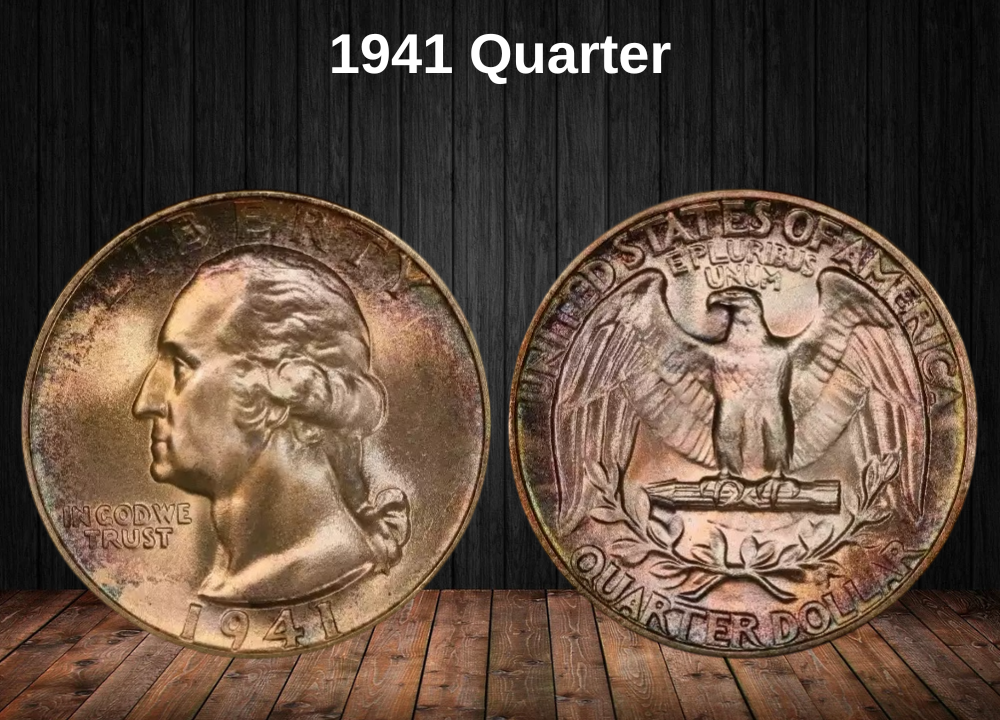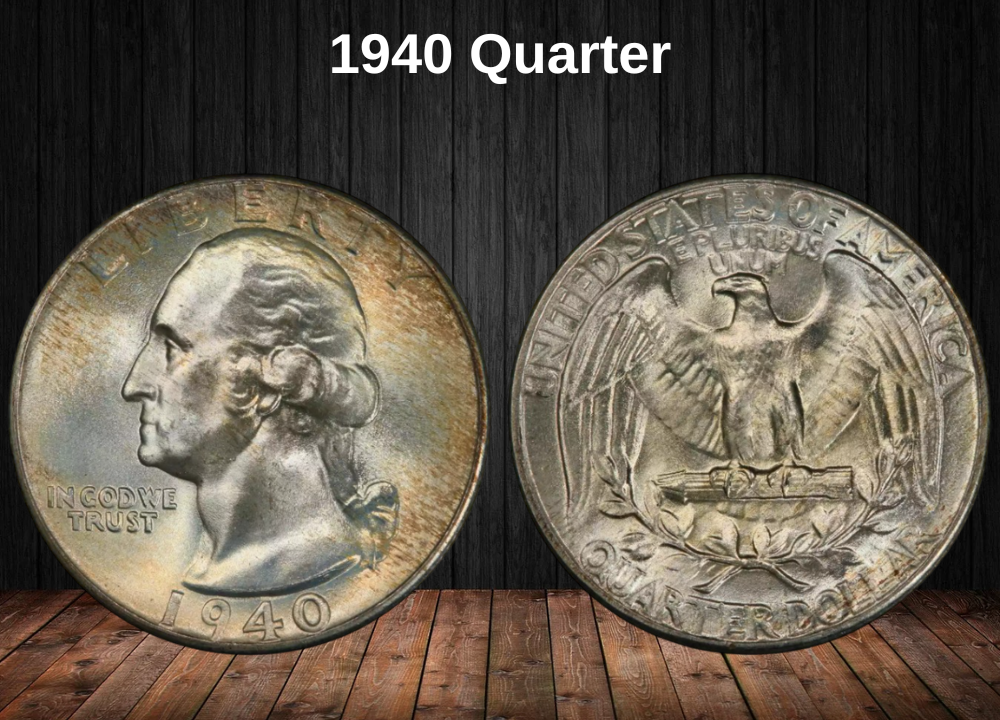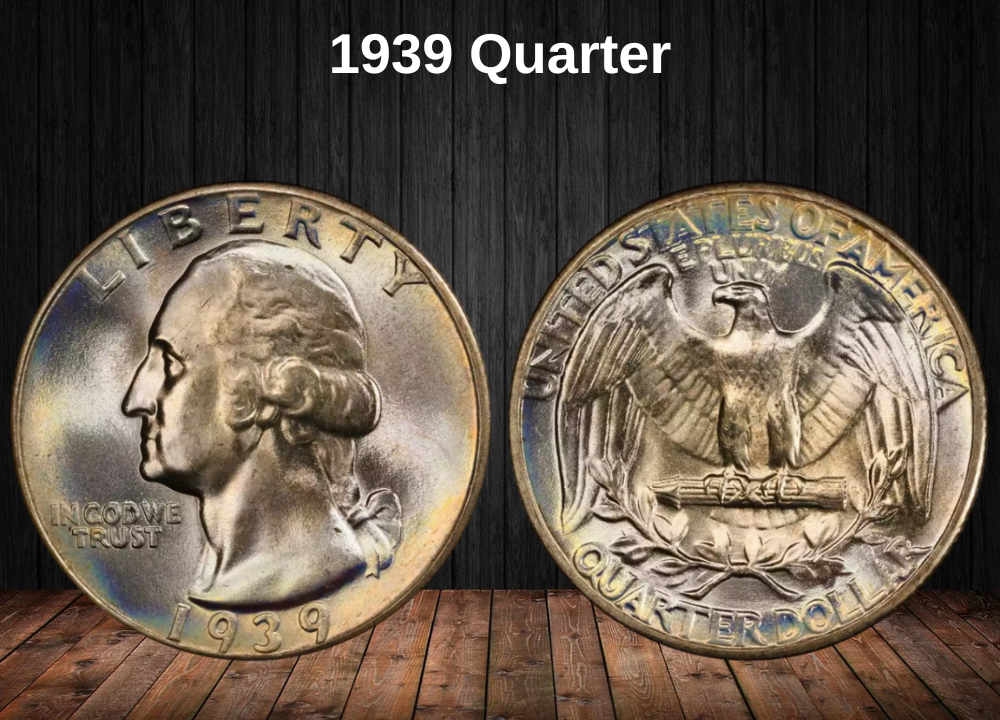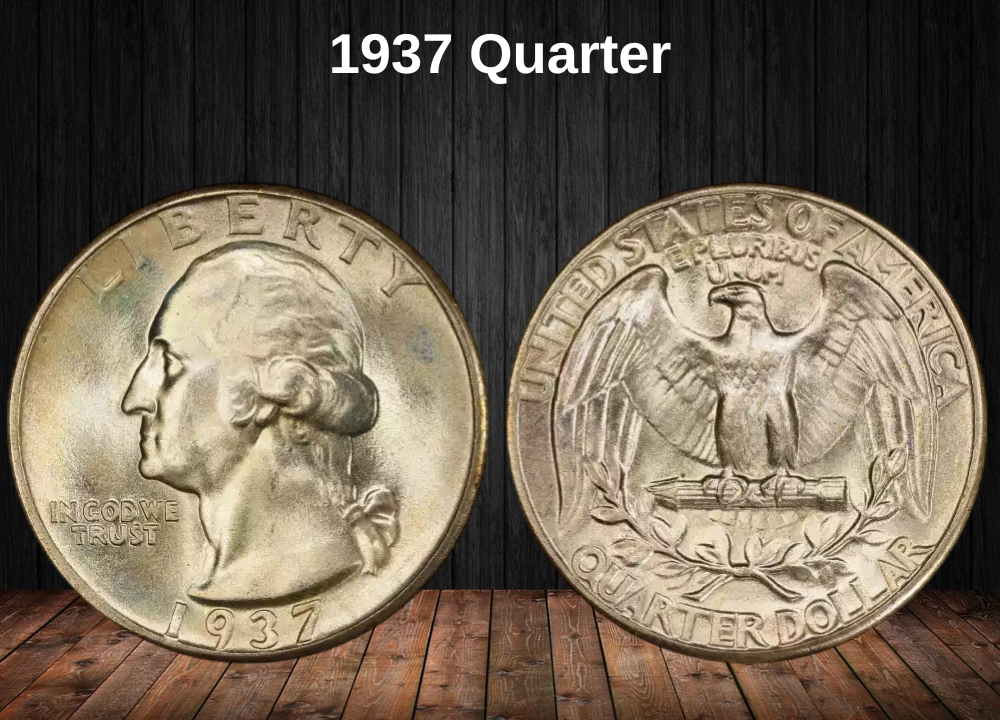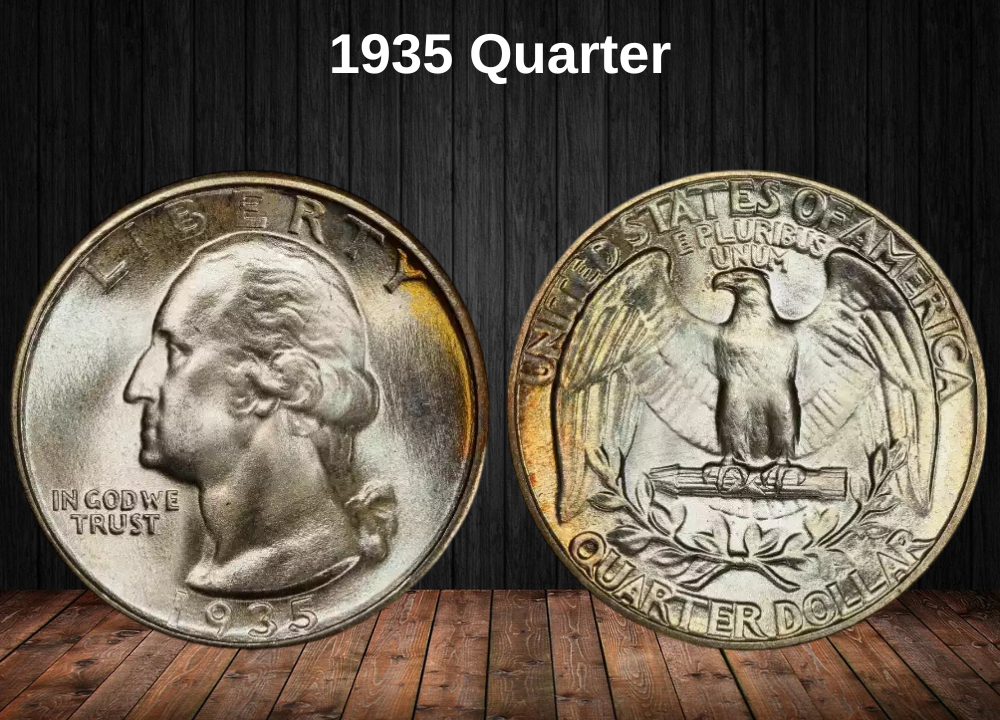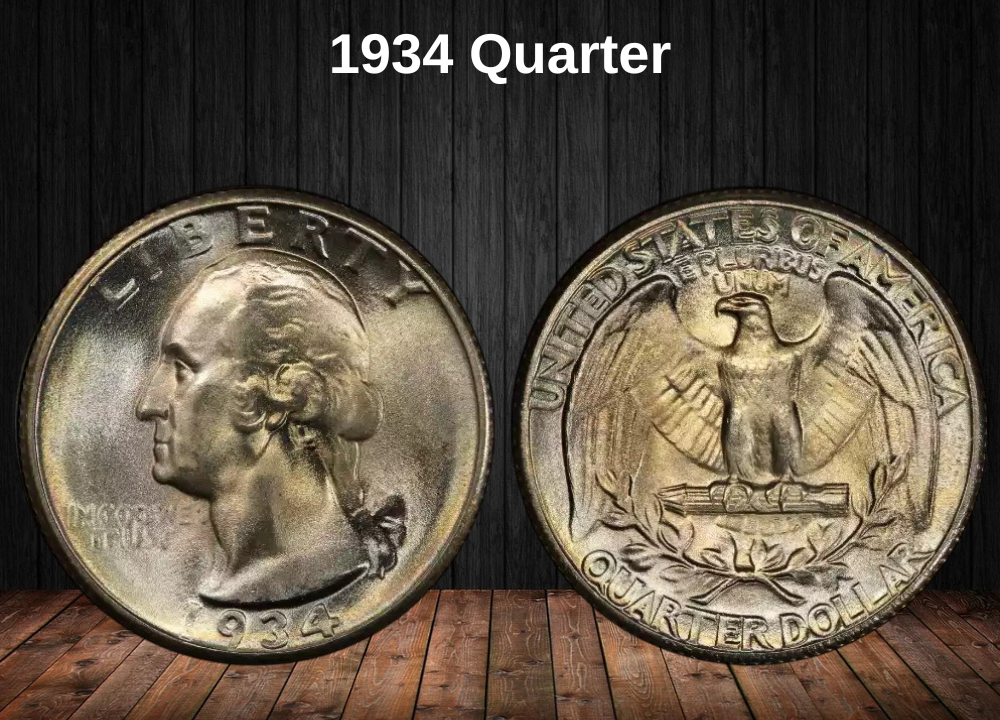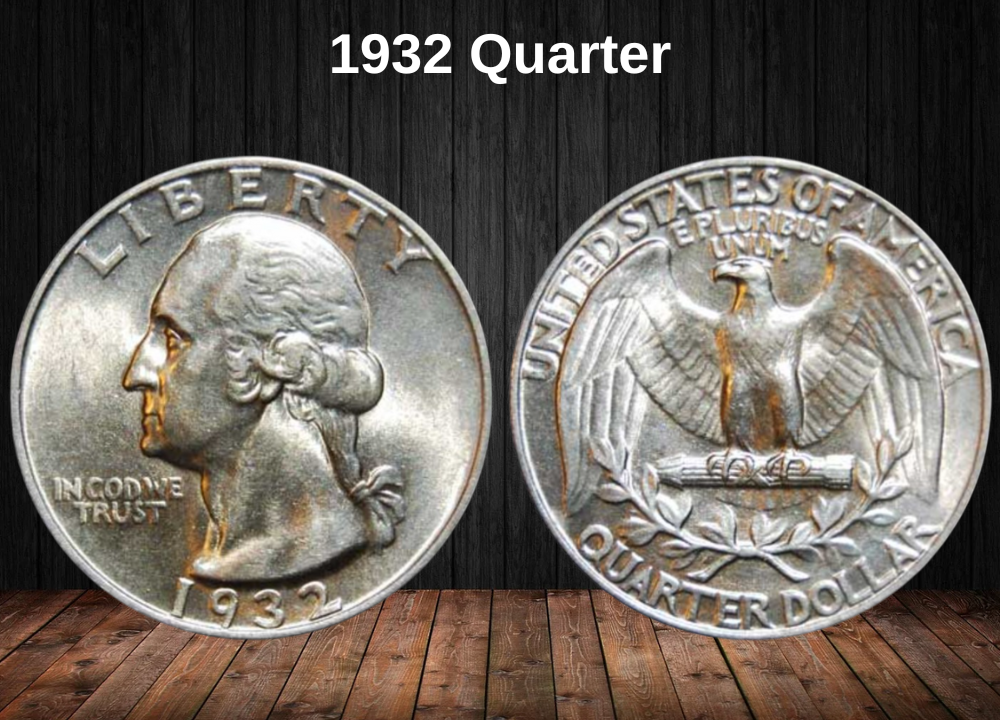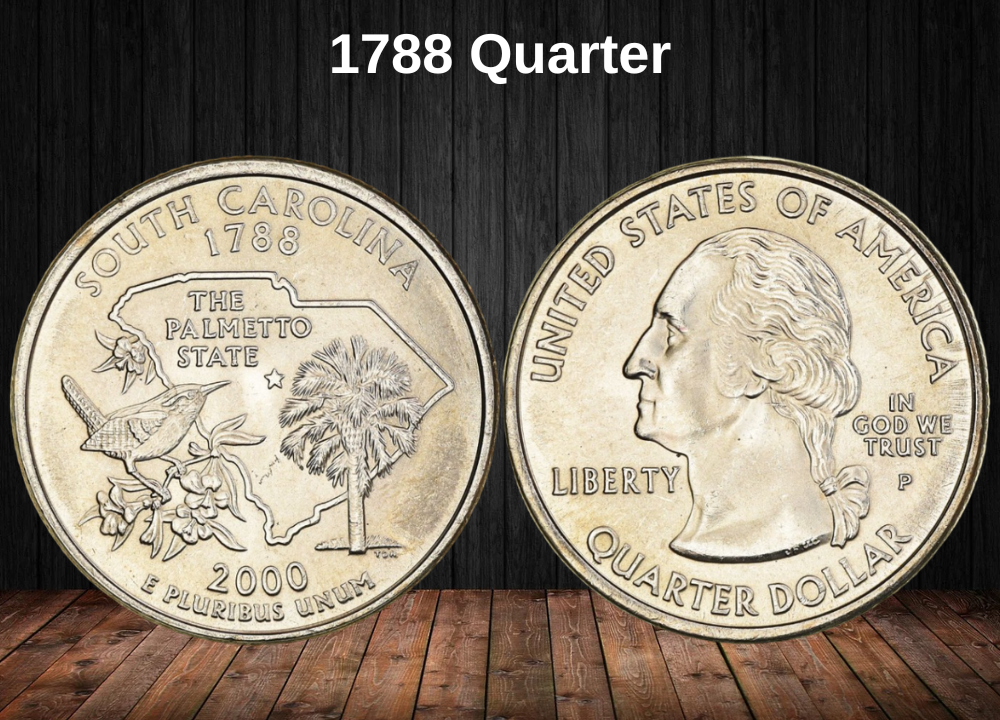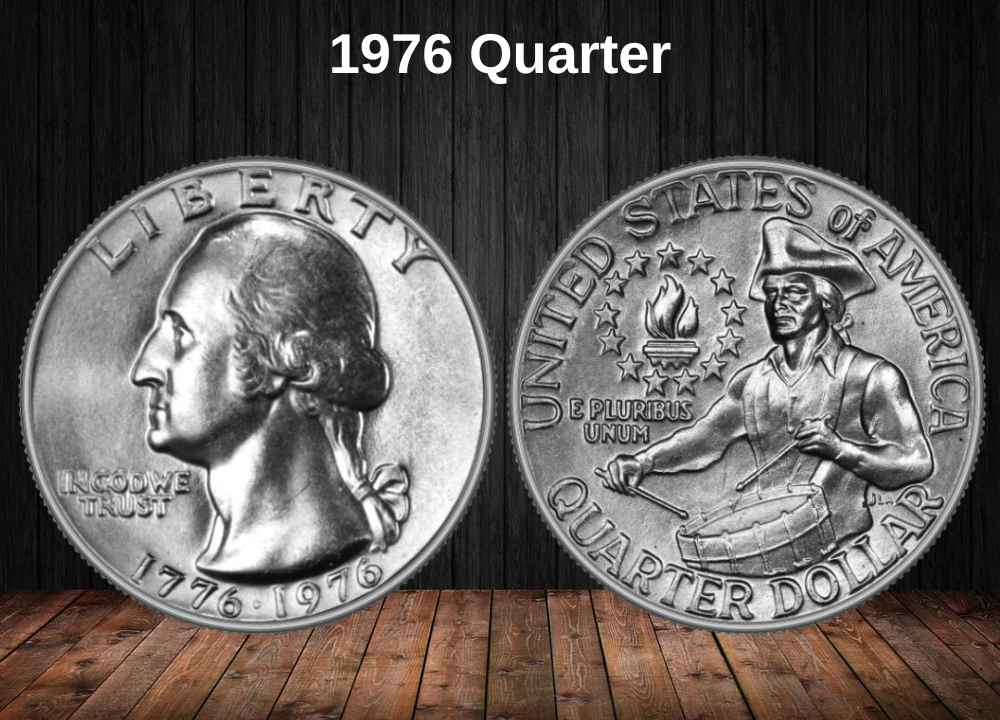The 1960 Washington Quarter may look like a common silver coin from the early 1960s, but it hides a collecting challenge that surprises many numismatists.
- Circulated pieces are plentiful and trade close to silver melt ($5.49–$6.00 in Good condition).
- The real difficulty lies in locating high-grade Mint State (MS66 or higher) examples, which are notably scarce despite the large mintage.
- Proof coins add another level of complexity: while standard proofs remain affordable, Cameo (CAM) and Deep Cameo (DCAM) specimens showcase dramatic visual contrast and command significant premiums.
This combination of common circulation finds but elusive gems makes 1960 quarters both accessible for beginners and rewarding for advanced collectors.
1960 Quarter Value by Variety
Here’s what your 1960 quarters are worth depending on mint type and condition.
1960 Quarter Value Chart
| Type | Good | Fine | About Unc. (AU) | Mint State (MS) | Proof (PR) |
|---|---|---|---|---|---|
| 1960 No Mint Mark Quarter Value | $5.49 | $6.17 | $7.00 | $21.50 | — |
| 1960-D Quarter Value | $6.00 | $6.17 | $7.00 | $21.00 | — |
| 1960 Proof Quarter Value | $4.00 | $4.00 | $4.00 | — | $31.00 |
| 1960 CAM Quarter Value | — | — | — | — | $26.17 |
| 1960 DCAM Quarter Value | — | — | — | — | $48.88 |
History of the 1960 Quarter
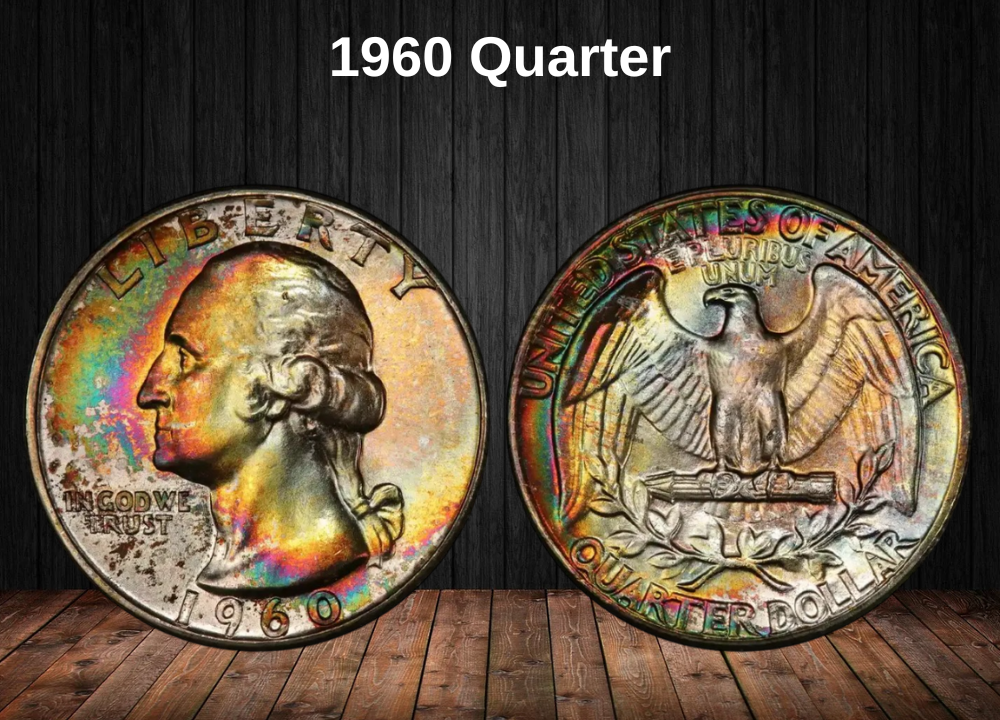
The very first American quarters appeared in 1796 with the Draped Bust design. Over the following decades, the Mint issued five major design types before settling on the Washington portrait that collectors know so well today.
The Washington Quarter series began in 1932, replacing the Standing Liberty design. It was originally intended as a one-year commemorative to celebrate the 200th anniversary of George Washington’s birth, but it became a permanent fixture in U.S. coinage. This marked only the second time the Mint had placed a real historical figure on a coin (after Abraham Lincoln on the cent in 1909).
Although the Bicentennial Committee favored a design by Laura Gardin Fraser, the Treasury Secretary ultimately chose John Flanagan’s portrait—a decision that shaped American quarters for nearly a century.
By 1960, Washington quarters were still being struck in the classic 90% silver, 10% copper composition, making them part of the final decade of traditional silver quarters before the 1965 switch to copper-nickel clad coinage.
That year’s production came from just two mints:
- Philadelphia (no mint mark)
- Denver (“D” mint mark on the reverse)
While mintages were healthy, gem-quality survivors are scarce. This scarcity is tied to the popular 1960s practice of selling Brilliant Uncirculated (BU) bags as investment lots. The coins inside often knocked against one another, leaving bag marks even on uncirculated examples. Today, high-grade specimens without those contact marks are prized by collectors.
Key Features of the 1960 Quarter
The Washington Quarter series began in 1932, only three years after the onset of the Great Depression. Originally intended as a one-year commemorative issue to honor the 200th anniversary of George Washington’s birth, the design was so well received that it became a permanent part of U.S. coinage after a brief pause.
The Obverse of the 1960 Washington Quarter
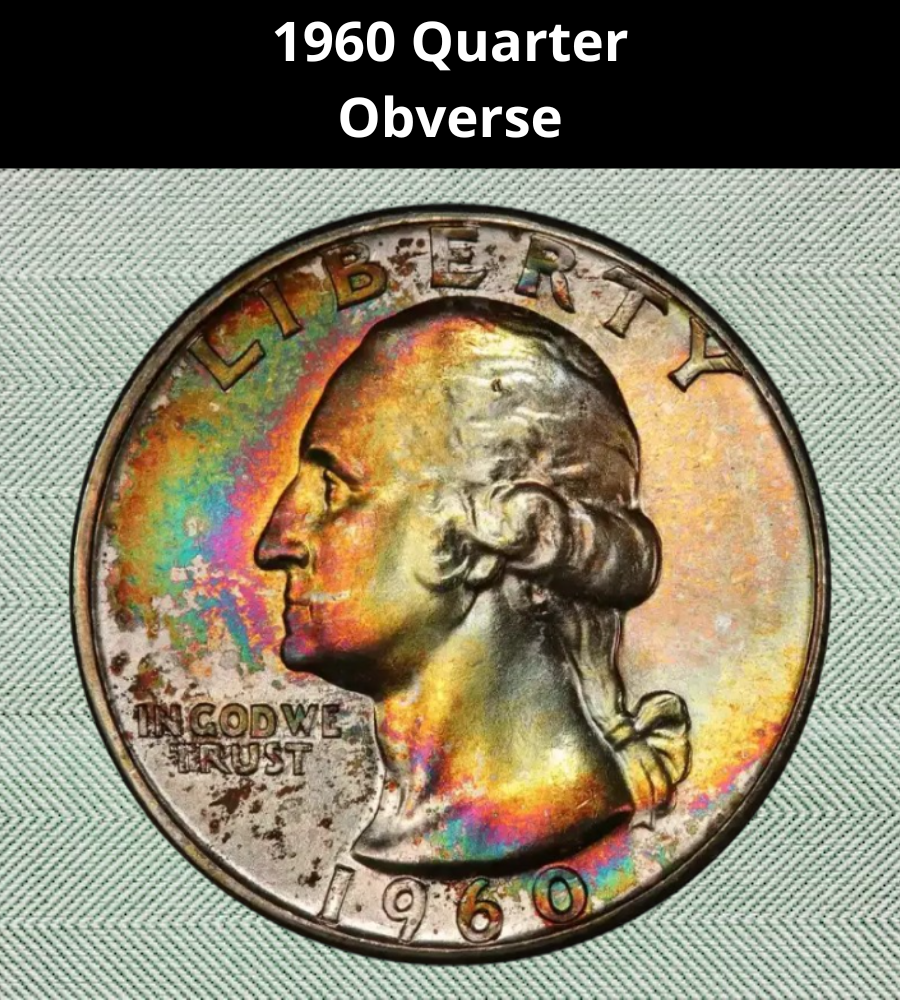
The obverse (heads side) pays tribute to George Washington, the nation’s first President (1789–1797). Sculptor John Flanagan created the portrait, which remains one of the most enduring designs in U.S. coinage.
Key elements of the 1960 obverse include:
- LIBERTY curved prominently across the top rim.
- IN GOD WE TRUST placed to the left of Washington’s profile.
- The date 1960 positioned at the bottom.
- The artist’s initials JF discreetly engraved on the truncation of Washington’s neck.
The Reverse of the 1960 Washington Quarter
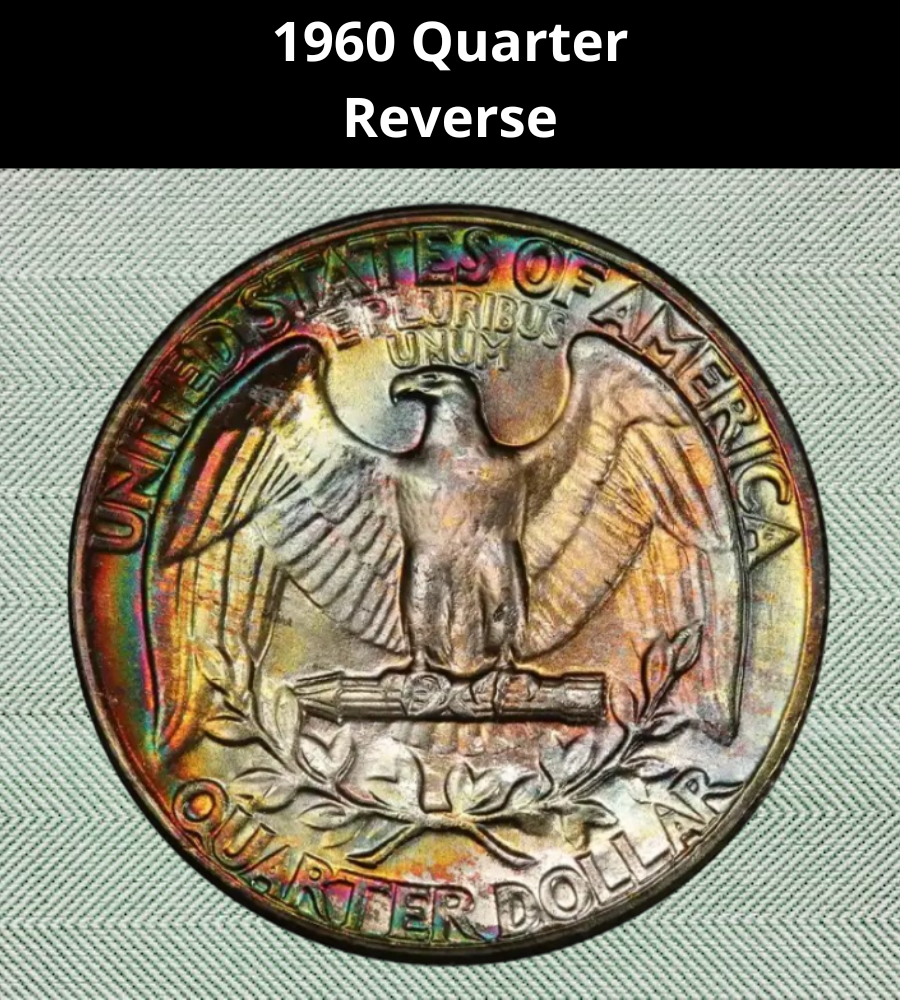
The reverse design reflects America’s values and heritage, with a detailed depiction of the bald eagle, the national bird.
Key reverse features:
- An eagle with wings spread wide, perched on a bundle of thirteen arrows, symbolizing readiness to defend the nation.
- Olive branches beneath the arrows, representing peace.
- UNITED STATES OF AMERICA and E PLURIBUS UNUM (“Out of many, one”) above the eagle.
- The denomination QUARTER DOLLAR below the olive branches.
- A mint mark (D for Denver issues, none for Philadelphia) located just above the “R” in DOLLAR.
Other Features of the 1960 Quarter
- Composition: 90% silver, 10% copper
- Weight: 6.25 grams (0.2009 troy ounces)
- Silver weight: 5.623 grams (0.1808 troy ounces)
- Diameter: 24.3 mm (0.9567 inches)
- Thickness: 1.75 mm (0.0687 inches)
- Edge: Reeded with 119 reeds
These specifications make the 1960 quarter one of the last classic silver quarters produced before the 1965 transition to copper-nickel clad coinage.
1960 Quarter Grading
Grading 1960 quarters requires careful observation of strike quality, high-point wear, and surface preservation. The jump in value from circulated to mint state, especially for the 1960-D variety, is dramatic—turning a $6 coin into a four-figure rarity.
| Grade | Description | Key Indicators | Approx. Value Range |
|---|---|---|---|
| Good (G-4) | Heavily circulated | Washington’s portrait heavily worn; most hair details gone; rim merging into lettering. | ~$5.50–$6.00 |
| Fine (F-12) | Moderate circulation | Some hair definition visible above ear; eagle’s wings lack detail but outline remains bold. | ~$6.00–$6.20 |
| About Uncirculated (AU-50 to AU-58) | Light wear only on high points | Washington’s cheek and curls show slight flattening; eagle’s breast feathers slightly worn; most luster intact. | ~$7.00+ |
| Mint State (MS-60 to MS-65) | No wear, but varying marks | MS-60: noticeable bag marks, average strike; MS-65: sharp strike, strong luster, minimal contact marks. | ~$21–$600 |
| Gem Mint State (MS-66 and above) | Premium collector quality | Crisp strike with full hair curls and eagle feather separation; nearly flawless surfaces with exceptional eye appeal. | $600–$1,700+ (esp. for 1960-D) |
| Proof (PR-60 to PR-69) | Mirror-like surfaces | Sharp strikes, reflective fields; values rise with contrast quality. | ~$20–$200+ |
| Cameo Proof (CAM) | Frosted devices vs. mirrored fields | Washington and eagle “pop” against brilliant background. | ~$26–$60+ |
| Deep Cameo Proof (DCAM) | Maximum contrast, heavy frost | Strong black-and-white effect; scarce, highly prized. | $50–$200+ |
1960 Quarter Value Guides
1960 No Mint Mark Quarter Value
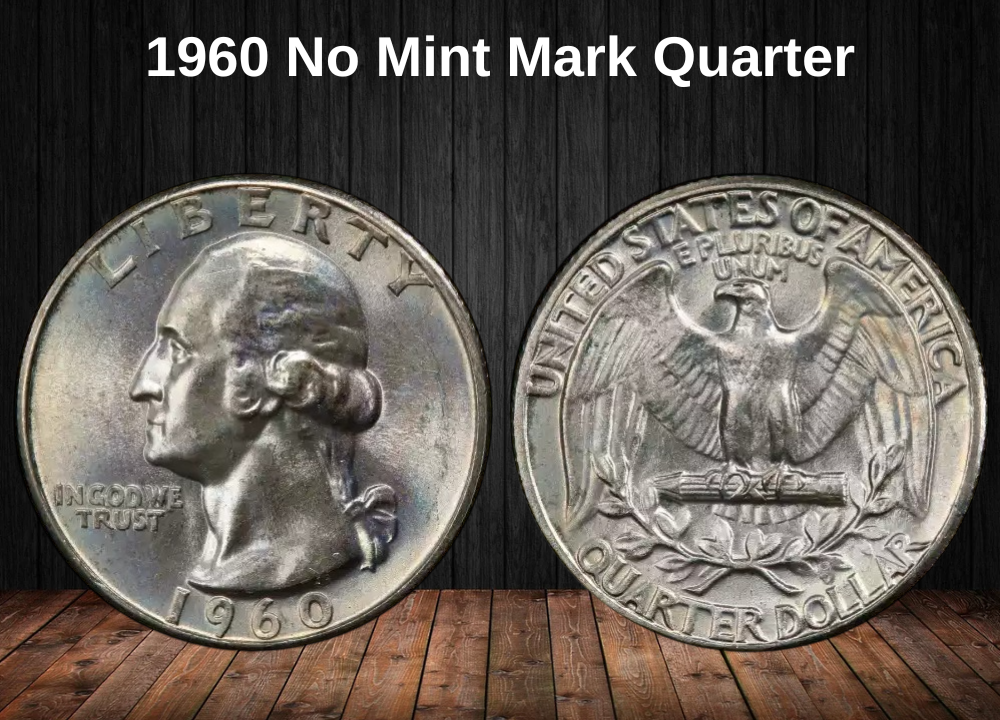
The 1960 No Mint Mark quarter, struck at the Philadelphia Mint, represents the last phase of heavy silver quarter production before the dramatic melts of the late 1960s.
What makes this coin fascinating is its hidden scarcity. While the mintage numbers suggest abundance, survival rates tell a different story. Many pieces were lost to circulation or destroyed during the silver melts, leaving only a fraction available in higher mint state grades.
Today, the challenge isn’t finding a circulated 1960 quarter—it’s finding one with sharp details, booming luster, and no bag marks. These condition rarities drive auction premiums and set this issue apart from its Denver counterpart.
1960 No Mint Mark Quarter Price/Grade Chart
Price by 1–70 Grade (Latest Auction Records Included)
| Grade | Value Range | Notes |
|---|---|---|
| Good (G-4) | $5.49 | Trades close to silver melt value |
| Fine (F-12) | $6.17 | Still affordable, lightly circulated |
| About Uncirculated (AU-50) | $7.00 | Minor wear on high points |
| Mint State (MS-60) | $21.50 | First premium jump in uncirculated condition |
| MS-65 | $400–$500+ | Scarce; strong strike needed |
| MS-66 | $1,000+ | Rare, often heavily contested at auction |
| MS-67 | $2,000+ | Top-end condition rarity; few known |
| Proofs | — | None struck at Philadelphia for business issues |
1960-D Quarter Value
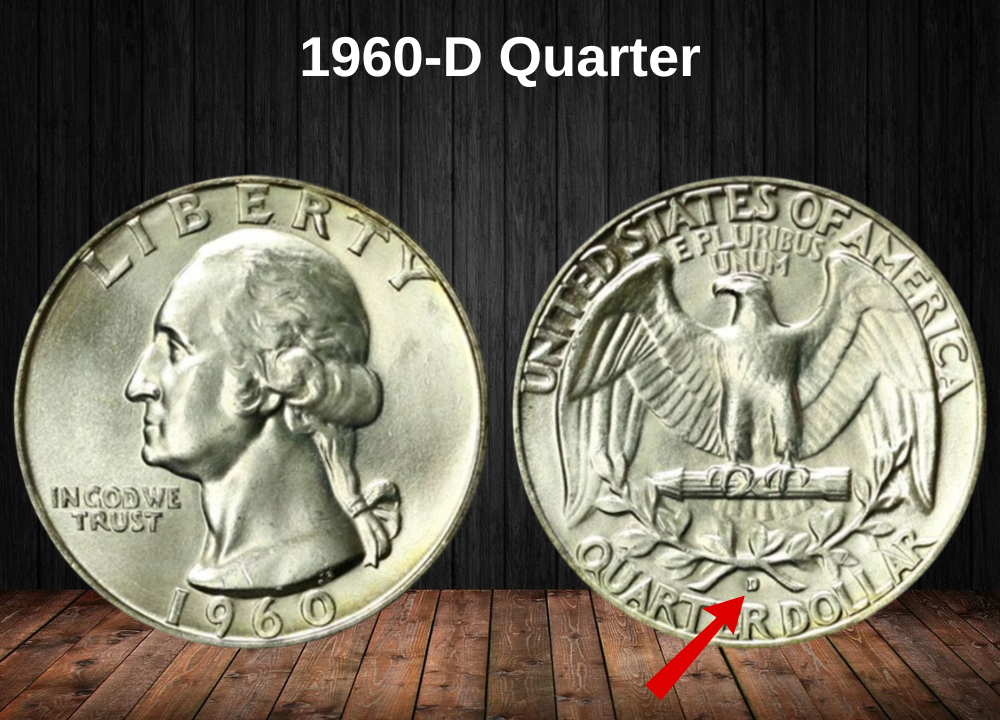
The 1960-D Washington Quarter represents Denver’s massive production year, with over 63 million coins struck. At first glance, this high mintage suggests abundance—but the truth is more nuanced.
Denver’s 1960 output is notorious for quality control issues. Many coins suffered from weak strikes, die clashes, and bag marks, leaving truly high-grade survivors much scarcer than the raw mintage implies. Collectors often encounter average pieces with dull luster, making premium examples stand out even more in today’s market.
This unusual paradox—a “common” coin with rare gem survivors—gives the 1960-D quarter a unique place in Washington quarter collecting.
1960-D Quarter Price/Grade Chart
Price by 1–70 Grade (Latest Auction Records Included)
| Grade | Value Range | Notes |
|---|---|---|
| Good (G-4) | $6.00 | Trades close to silver melt value |
| Fine (F-12) | $6.17 | Affordable entry-level collector piece |
| About Uncirculated (AU-50) | $7.00 | Light wear, still near bullion |
| Mint State (MS-60) | $21.00 | First premium jump in uncirculated condition |
| MS-65 | $350–$450 | Scarce, often found with strike weakness |
| MS-66 | $800–$1,200 | Very rare; sharp strikes command strong premiums |
| MS-67 | $1,700+ | Top-end condition rarity; few certified examples exist |
| Proofs | — | Not produced in Denver |
1960 Proof Quarter Value
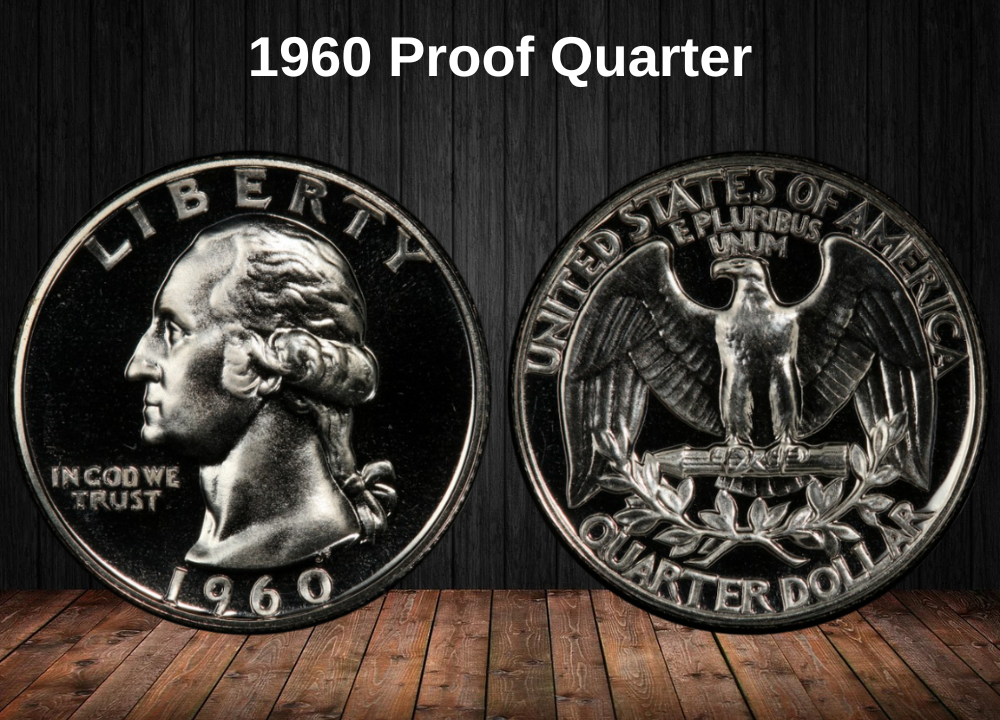
The 1960 Proof Washington Quarter marks an important step in the U.S. Mint’s transition toward modern proof coinage. Struck in Philadelphia with polished dies and planchets, these coins display the brilliant mirror-like finish collectors expect from proofs.
What makes this issue particularly notable is its timing—one of the last proof quarters struck in 90% silver before the mid-1960s composition shift to clad coins. This makes the 1960 proof quarter a bridge between classic silver proofs and the modern proof era.
While the mintage was relatively high at over 1.6 million coins, the survival rate sits at just 31.9%, meaning fewer than 520,000 well-preserved examples remain today. Poor storage and handling have reduced the number of pristine survivors, making cameo-designated and high-grade pieces especially desirable.
1960 Proof Quarter Price/Grade Chart
Price by 1–70 Grade (Latest Auction Records Included)
| Grade | Value Range | Notes |
|---|---|---|
| PR-60 | $4.00–$6.00 | Entry-level, some haze or marks |
| PR-63 | $10–$15 | Average proof, typical handling |
| PR-65 | $20–$30 | Collector grade; brilliant mirrors |
| PR-67 | $45–$60 | Premium quality with minimal flaws |
| PR-68 | $100–$130 | Scarce; near top population |
| PR-69 | $200–$300 | Condition rarity, virtually flawless |
| Cameo (CAM) | $26–$40+ | Premium for frosted devices |
| Deep Cameo (DCAM) | $45–$75+ | Strongest contrast; highly collectible |
1960 CAM Quarter Value
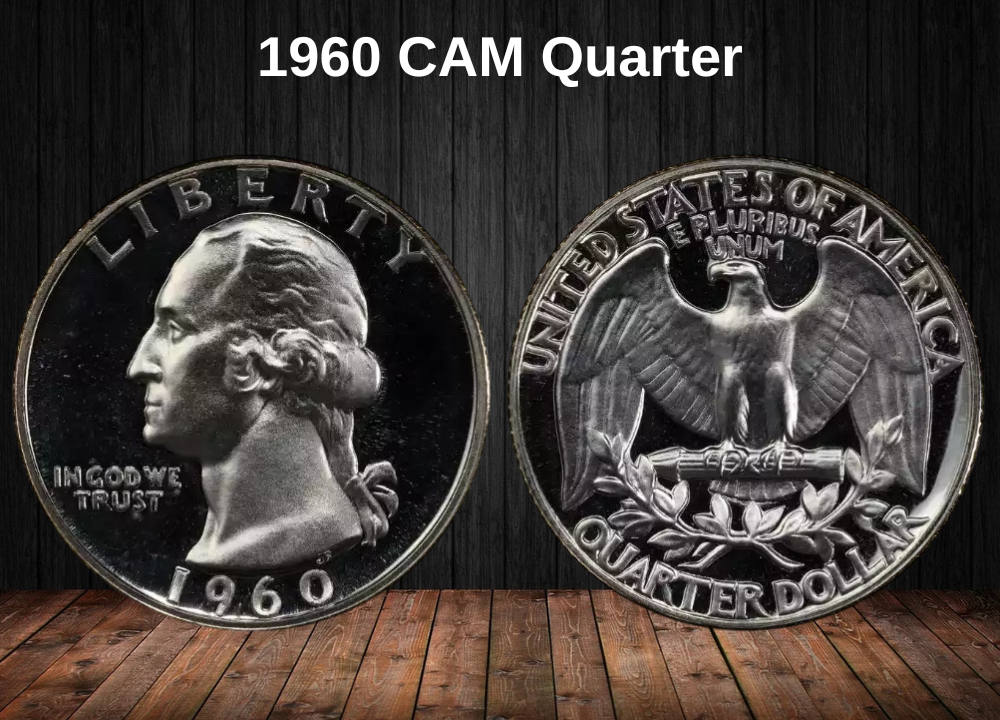
The 1960 CAM (Cameo) Washington Quarter represents the early stages of cameo collecting, where the U.S. Mint was still refining its die preparation and frosting techniques. These coins display frosted devices contrasted against deep mirrored fields, creating the striking black-and-white effect collectors prize.
What makes 1960 CAM quarters particularly special is that this was still the experimental era of cameo contrast. Genuine examples exhibit unusually strong frost and depth, making them visually superior compared to many later cameo proofs.
From the original proof mintage of over 1.6 million, only 18.9% survive with Cameo designation, or roughly 300,000 coins. Because contrast quality is key, not all proofs qualify—grading services require strict consistency in frost and mirrors, which raises the challenge for collectors seeking premium examples.
1960 CAM Quarter Price/Grade Chart
Price by 1–70 Grade (Latest Auction Records Included)
| Grade | Value Range | Notes |
|---|---|---|
| PR-65 CAM | $25–$35 | Entry-level cameo; moderate contrast |
| PR-66 CAM | $35–$50 | Sharper frost; affordable for collectors |
| PR-67 CAM | $60–$85 | Strong cameo effect; high demand |
| PR-68 CAM | $100–$150 | Condition rarity; top eye appeal |
| PR-69 CAM | $180–$250+ | Nearly flawless; investment quality |
1960 DCAM Quarter Value
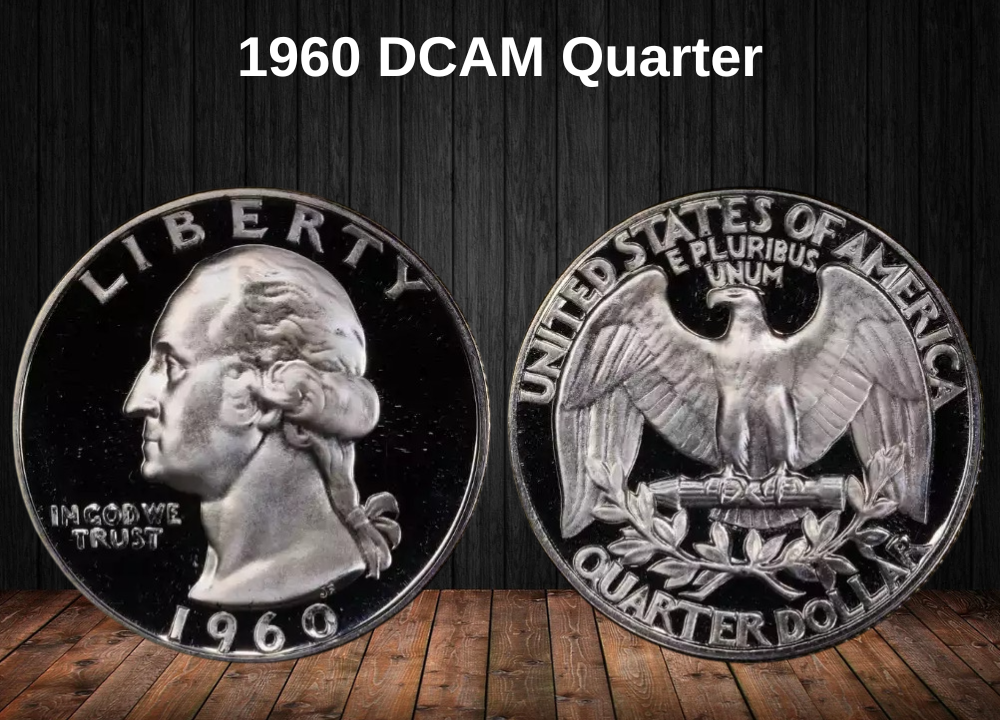
The 1960 DCAM (Deep Cameo) Washington Quarter marks the ultimate proof strike of the year, showcasing maximum black-and-white contrast between frosted design elements and deeply mirrored fields.
What makes this designation exceptional is its extreme rarity. From an original mintage of over 1.6 million proof quarters, only about 8.9% (≈150,000 coins) survive today with the pristine frosting and mirror quality needed to earn a DCAM grade.
This low survival rate is due to the Mint’s limited ability in 1960 to consistently produce and preserve such sharp contrasts. Many coins lost their frosted appearance over time, making genuine Deep Cameo specimens true condition rarities.
1960 DCAM Quarter Price/Grade Chart
Price by 1–70 Grade (Latest Auction Records Included)
| Grade | Value Range | Notes |
|---|---|---|
| PR-65 DCAM | $90–$125 | Entry-level Deep Cameo; affordable rarity |
| PR-66 DCAM | $125–$180 | Strong cameo contrast with minor marks |
| PR-67 DCAM | $200–$300 | Condition rarity; collector favorite |
| PR-68 DCAM | $325–$500 | Premium quality; very limited supply |
| PR-69 DCAM | $650–$900+ | Nearly flawless, investment-grade rarity |
Rare 1960 Quarter Error List
1. 1960 DDR FS-801
The 1960 Proof Doubled Die Reverse (DDR) FS-801 is one of the most dramatic and collectible varieties in the Washington Quarter series.
This variety is identified by clear doubling on the reverse design elements, most prominently visible in the eagle’s feathers, wings, and sometimes the lettering. Because the doubling occurred on a proof die, the effect is especially crisp and pronounced compared to business strike doubled dies.
What makes the FS-801 particularly desirable is its combination of rarity and visual strength—proof coins already had a small mintage, and only a fraction of those exhibit this major doubled die.
For collectors, the 1960 DDR FS-801 is a prime crossover piece: it appeals both to proof specialists and variety hunters who value strong doubled die diagnostics.
1960 Proof DDR FS-801 Price/Grade Chart
Price by 1–70 Grade (Latest Auction Records Included)
| Grade | Value Range | Notes |
|---|---|---|
| PR-65 | $150–$250 | Entry-level variety with visible doubling |
| PR-66 | $250–$400 | Better surfaces, doubling remains bold |
| PR-67 | $450–$650 | Condition rarity with strong proof mirrors |
| PR-68 | $700–$1,200 | Exceptional quality; very scarce |
1960 CAM DDR FS-801
The 1960 Cameo DDR FS-801 raises the stakes further by combining Cameo contrast with the doubled die variety. The frosted devices against mirrored fields make the doubled features even more dramatic.
With only a small fraction of FS-801 coins achieving Cameo designation, this is a true condition rarity. Both variety and contrast must survive in pristine condition for certification, making these specimens highly coveted among advanced collectors.
1960 CAM DDR FS-801 Price/Grade Chart
Price by 1–70 Grade (Latest Auction Records Included)
| Grade | Value Range | Notes |
|---|---|---|
| PR-65 CAM | $250–$400 | Scarce entry point; strong cameo contrast |
| PR-66 CAM | $400–$650 | Premium collector interest |
| PR-67 CAM | $750–$1,200 | Significant rarity with eye-popping appeal |
| PR-68 CAM | $1,500–$2,500+ | Elite-level rarity; almost never seen |
Where to Sell Your Quarter Coin?
Now that you know the value of your quarter, the next step is deciding where to sell it. There are several trusted options—both online and in person—that can help you get the best price depending on your coin’s rarity and condition.
To see the full list of recommended places, along with their advantages and disadvantages, check our complete guide on where to sell your quarter coins.
FAQ About the 1960 Washington Quarter
1. Why is the 1960 Quarter significant for collectors?
The 1960 Washington Quarter, struck in 90% silver, comes from the early 1960s, just a few years before the U.S. Mint switched to clad coinage in 1965. It’s valued both for its silver content and as part of the classic silver quarter run.
2. Which mints produced the 1960 Quarter?
The coin was struck at Philadelphia (no mint mark) and Denver (“D”). No San Francisco issues exist for this year, so collectors only need two coins to complete the date set.
3. Are there notable varieties or errors for the 1960 Quarter?
Yes. Collectors seek Repunched Mintmarks (RPMs) on Denver issues, along with occasional Doubled Die Obverses (DDOs) and Doubled Die Reverses (DDRs). Off-center strikes and clipped planchets are also known, and these errors can significantly boost value.
4. How much is a 1960 Quarter worth today?
Most circulated examples are worth $5–$15, close to silver melt value. Mint State coins (MS65) generally range from $75–$200, while superb gems (MS67+) can surpass $1,000. Rare RPMs or doubled die varieties can sell for several thousand dollars at auction.
5. What should collectors look for in a 1960 Quarter?
Focus on Denver coins for RPMs and doubled dies. High-quality examples should have sharp details in Washington’s curls and the eagle’s feathers. Coins with original luster, natural toning, and no cleaning are most desirable. Certification by PCGS or NGC adds confidence and value, especially for gem or variety pieces.

